Mexico is rich and diverse, encompassing significant cultural, political, and economic developments. Here are some key historical points about Guadalajara and Jalisco:

- Colonial Period: Guadalajara, founded in 1542, quickly grew into one of colonial Mexico’s most important population centers and became the launch pad for Spanish expeditions. In 1560, it was declared the capital of Nueva Galicia province, leading to its rapid growth and prominence within the Spanish colony3.
- Mexican Independence: Guadalajara played a significant role in the fight for Mexican independence. In 1810, Miguel Hidalgo, a leader in the independence movement, set up a revolutionary government in Guadalajara. However, he was defeated near the city in 1811, marking a pivotal moment in the struggle for independence3.
- Economic and Cultural Development: By the late 19th century, Guadalajara had overtaken Puebla as Mexico’s second-largest city. Today, with a population of more than 4 million inhabitants, the city is a major commercial, industrial, and cultural center. It has also developed into a hub for technology and communications in the northern half of Mexico3.
- Cultural Heritage: Guadalajara is home to significant cultural landmarks, including the Metropolitan Cathedral, Teatro Degollado (Mexico’s oldest opera house), and Hospicio Cabañas, a UNESCO World Heritage Site. The city has also produced several Mexican political and cultural leaders2.
- Modern Developments: Guadalajara has experienced substantial growth since the 1930s and, by the 1970s, became Mexico’s second-largest city. It has modern residential suburbs, highways, and wide boulevards, attracting members of the upper and middle classes. However, other neighborhoods have persisted as impoverished suburbs or inner-city districts2.
Regarding the drug cartels, the history of drug cartels in Jalisco, Mexico, is complex and has had a significant impact on the region. Jalisco has been associated with the presence of drug cartels, including the Jalisco New Generation Cartel (CJNG), which has been involved in drug trafficking and organized crime activities. The presence of drug cartels has had social, economic, and security implications for the region.
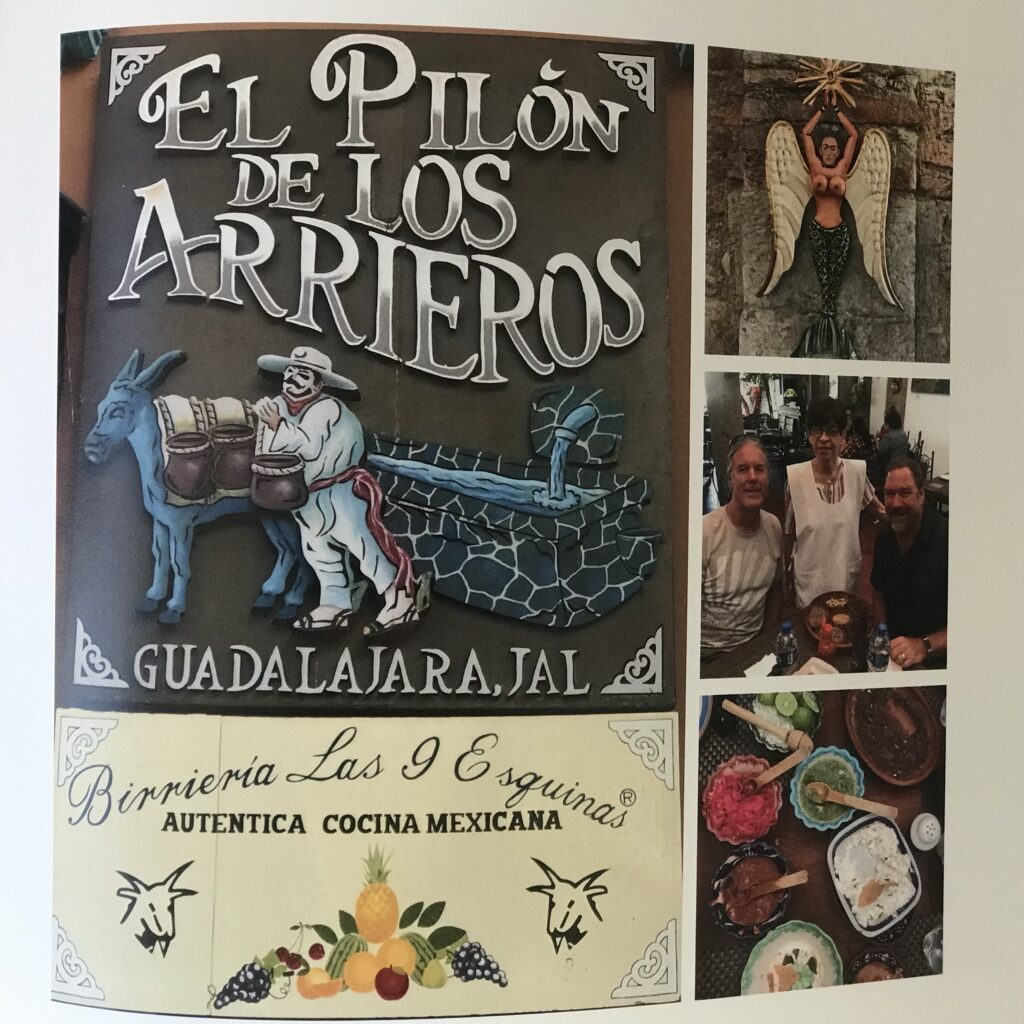
In terms of music, Jalisco is known for its rich musical heritage, particularly for being the birthplace of mariachi music. Mariachi, a traditional style of music and musical group, originated in the Jalisco region and has become an iconic symbol of Mexican culture. The state of Jalisco has also produced many renowned musicians and has a vibrant music scene that includes various genres and styles.

Here are the top 20 mariachi songs that you might hear in Guadalajara:

Cielito Lindo is a traditional Mexican song that celebrates love, beauty, and the joy of singing. It is often performed by mariachi bands and has become a symbol of Mexican culture. The song’s lively melody and uplifting lyrics have made it a beloved and iconic piece of Mexican music, known for its ability to bring people together in celebration and unity. It is not about a bandito but rather a Pretty little darling, From the Sierra Morena. They come descending, A pair of black eyes, Pretty little darling, sneaking by.

El Rey – José Alfredo Jiménez The song “El Rey” by Vicente Fernández is a classic Mexican ranchera that tells the story of a man who considers himself a king and compares himself to a lion. The lyrics express a sense of self-confidence and determination, highlighting the singer’s ability to do as he pleases, regardless of his financial status. The song reflects themes of power, independence, and resilience, celebrating the narrator’s unwavering self-belief and personal strength in the face of challenges. The chorus emphasizes the narrator’s self-assuredness, asserting his ability to make his own decisions and declaring his word as law. The song serves as a declaration of personal triumph and resilience, embodying the idea of asserting oneself and remaining steadfast in the pursuit of one’s dreams.

La Bikina – Luis Miguel: “La Bikina” is a popular mariachi song that tells the story of a woman known as “La Bikina.” The song’s lyrics describe her beauty and allure, making it a favorite among mariachi enthusiasts1. It is a classic mariachi song that tells the story of a mysterious and alluring woman known as “La Bikina.” The song’s lyrics describe the beauty and charm of La Bikina, portraying her as a captivating and enigmatic figure. The narrator expresses admiration for La Bikina’s grace and allure, highlighting her captivating presence and the effect she has on those around her. “La Bikina” is known for its vibrant melody and lively rhythm, making it a popular choice for mariachi performances and celebrations. The song’s narrative lyrics and energetic music infuse any event with an invigorating and captivating ambiance, reflecting the enduring appeal of La Bikina’s mystique.
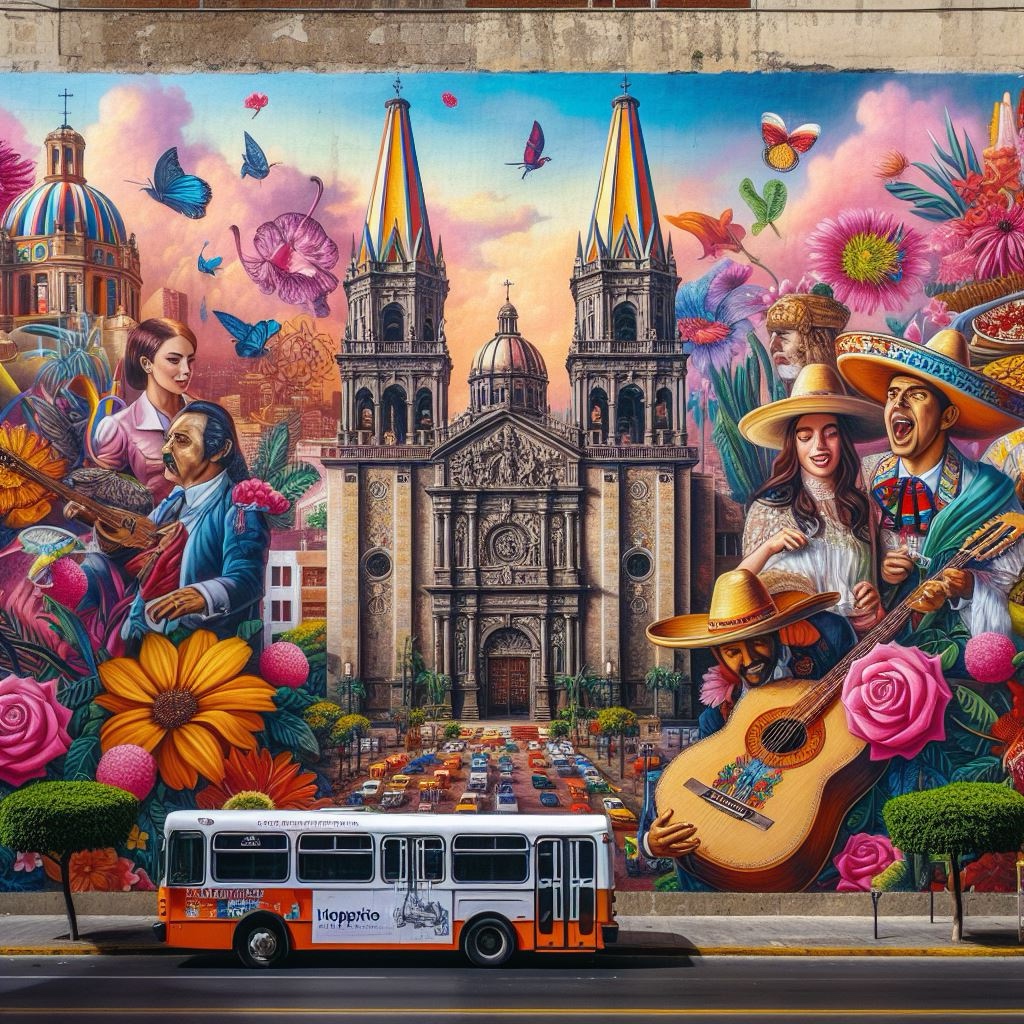
Guadalajara – Pepe Guízar: “Guadalajara” is a classic mariachi song that pays homage to the city of Guadalajara, celebrating its beauty, charm, and cultural significance. It has become an iconic representation of the city and is often performed as a tribute to Guadalajara’s rich heritage1.

Volver, Volver – Vicente Fernández: This song, which translates to “Return, Return,” is a heartfelt and emotional ballad that expresses the longing and desire to return to a lost love. It has become one of the most famous mariachi songs, known for its powerful lyrics and evocative melody2.
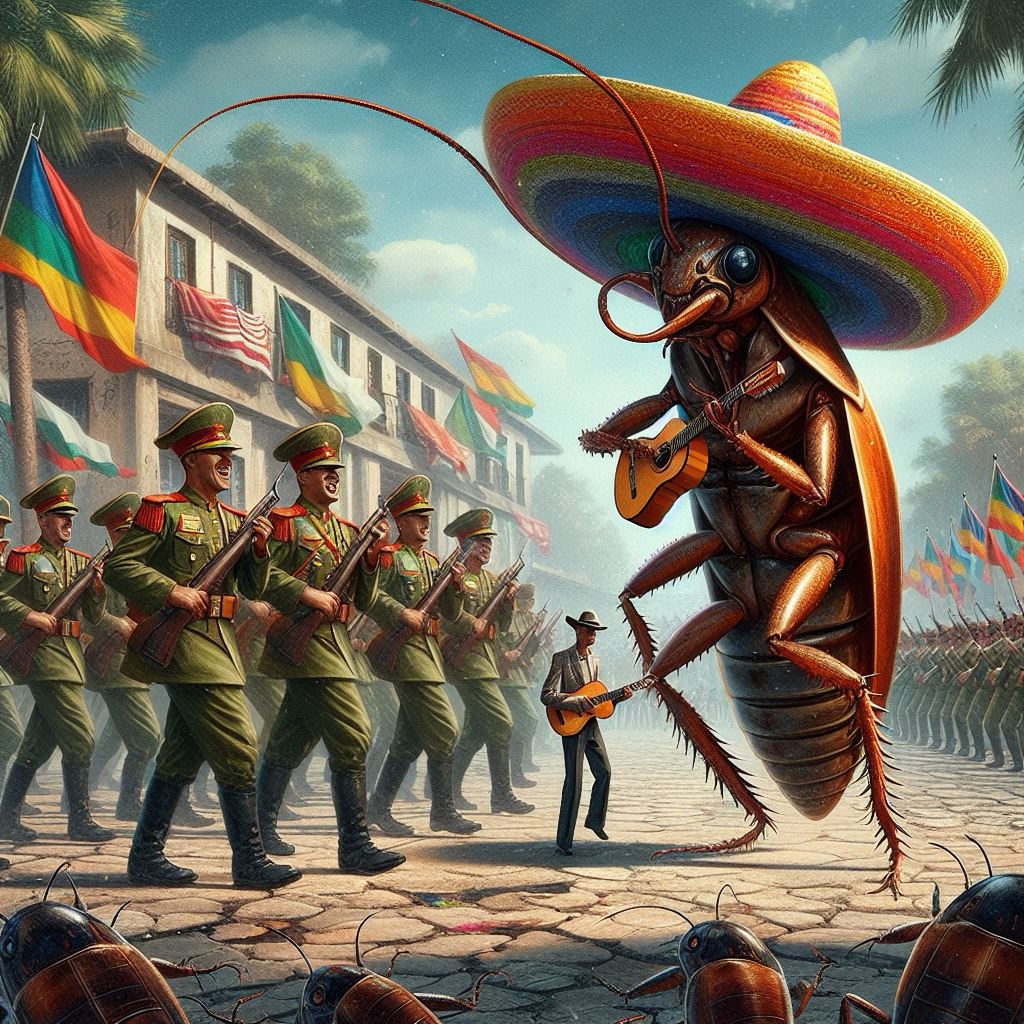
La Cucaracha is a traditional Mexican folk song that dates back to at least the 1910s during the Mexican Revolution. The song’s origins are linked to this historical period, and it has been associated with various interpretations and meanings. The lyrics of “La Cucaracha” depict a cockroach that has lost one of its legs and struggles to walk with the remaining five. The song’s melody is widely known, and there are many alternative stanzas.
The origins of “La Cucaracha” are obscure, and there are different theories about the meaning of the song. Some interpretations suggest that the song was used as a form of satire to express the struggles and frustrations associated with the Mexican Revolution. It has been associated with depictions of corrupt politicians, references to historical figures such as José Victoriano Huerta Márquez, and representations of soldaderas (camp followers) who traveled with the Mexican troops during the war. The song’s lyrics have evolved over time, and there are numerous versions with varying interpretations and verses. Despite its historical origins, “La Cucaracha” has become a popular and enduring song, known for its catchy beat and whimsical story line. The song’s playful and nonsensical nature has made it a favorite among children and has contributed to its widespread recognition in popular culture.

La Bamba The term “bamba” in Spanish can have various meanings, including “knockoff” in colloquial usage, “cream bun” in culinary terms, and “sneaker” in reference to footwear. However, in the context of the song, “La Bamba” refers to a traditional dance performed mainly at weddings. The dance involves the bride and groom attempting to tie a ribbon together with their toes while dancing “La Bamba” as a symbol of their love for each other.

La Malagueña The term “malagueña” refers to a person from Malaga, a city in the Andalusia region of southern Spain. The song’s lyrics often describe the beauty of the Malagueña and express admiration for her grace and charm. The song is a celebration of the cultural heritage and traditions of the region of Malaga, and it has become a beloved and iconic piece of Spanish and Mexican music.
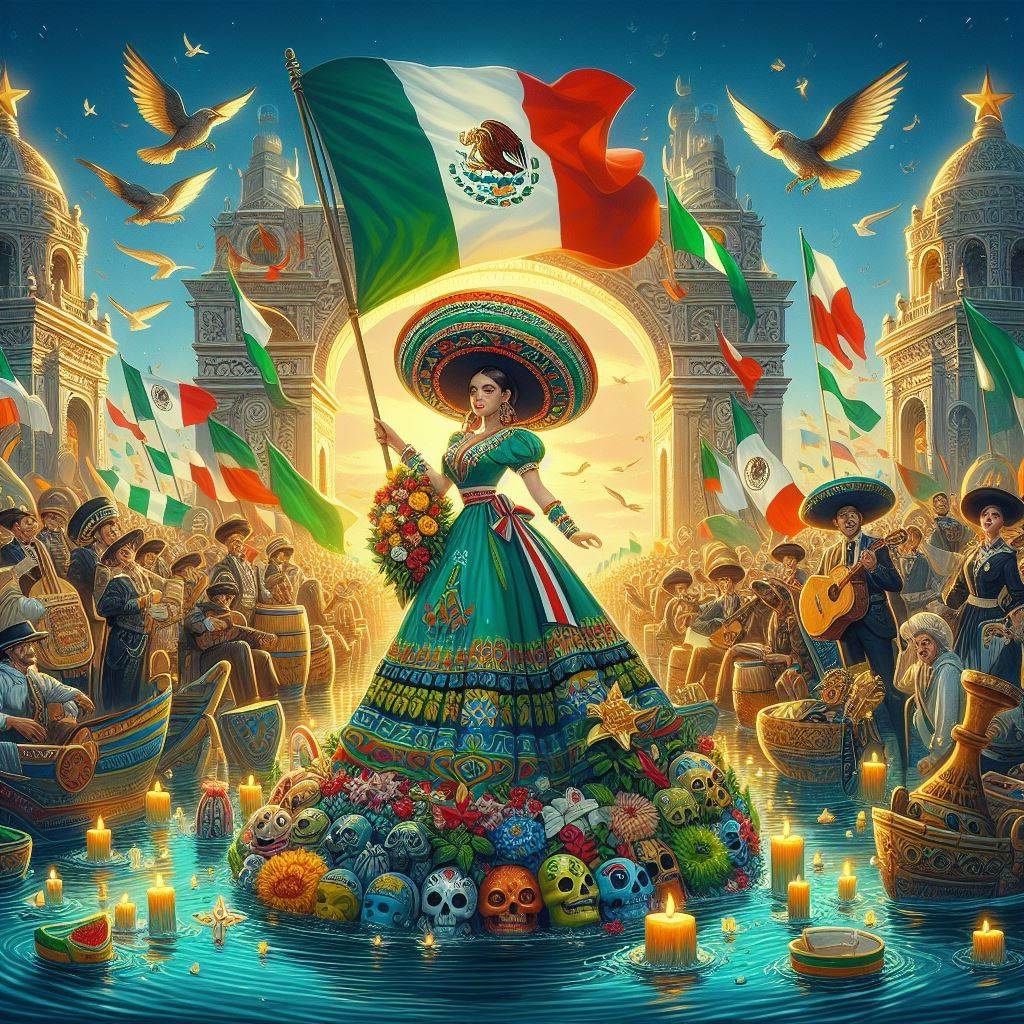
México Lindo y Querido – Vicente Fernández: This song, which translates to “Beautiful and Beloved Mexico,” is a patriotic anthem that celebrates the beauty and pride of Mexico. It is a beloved and iconic mariachi composition that has become synonymous with Mexican culture and national identity2

El Son de la Negra – Mariachi Vargas de Tecalitlán: This song is a classic mariachi tune that originated in the state of Jalisco. It is known for its energetic rhythm and lively melody. The song celebrates the beauty and spirit of a woman, often referred to as “la negra,” and is a beloved and iconic mariachi composition1.
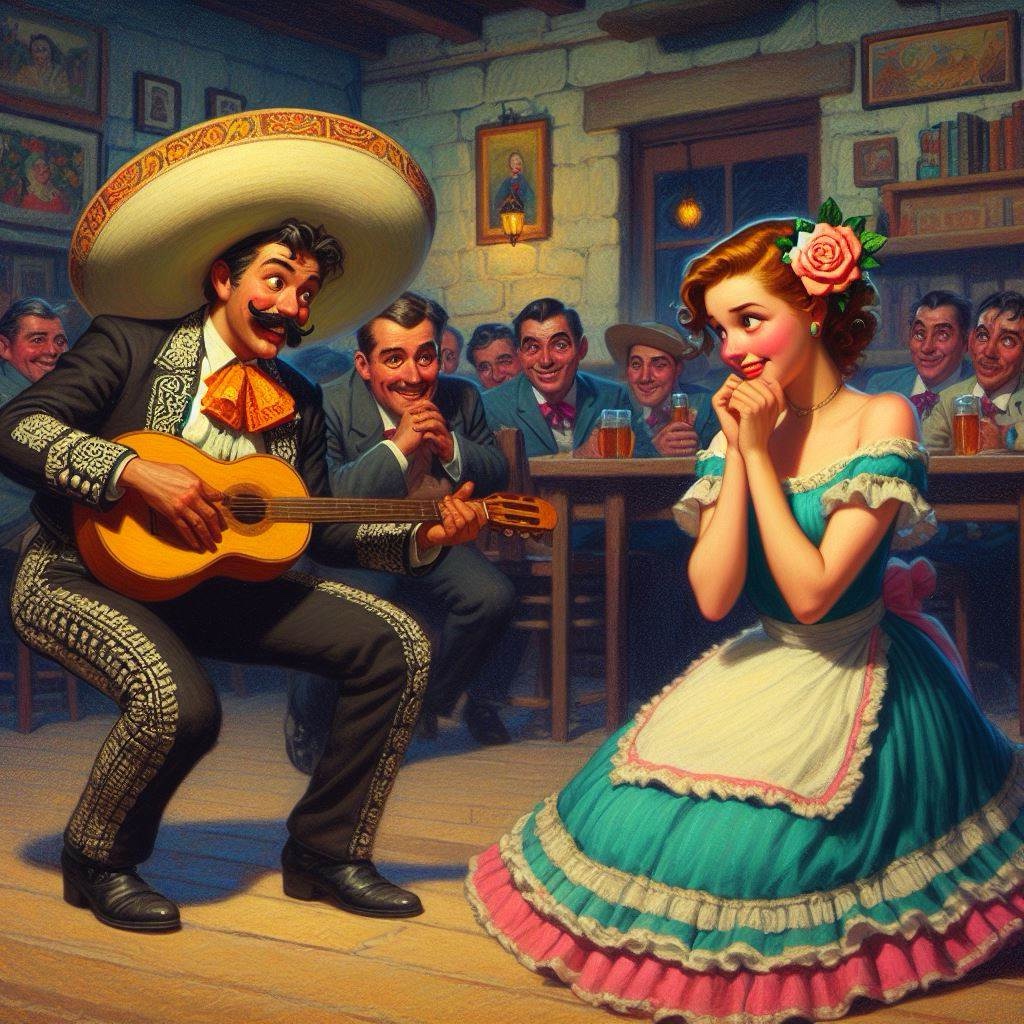
El Mariachi Loco is a lively and humorous mariachi song that tells the story of a mariachi band member who is eager to dance but cannot find a partner. The song’s lyrics express the band member’s playful and exuberant personality as he searches for someone to dance with. The upbeat and festive nature of the song makes it a popular choice for celebrations and events, and it is often performed by mariachi bands to engage and entertain audiences. “El Mariachi Loco” is known for its catchy melody and spirited lyrics, reflecting the joy and vibrancy of mariachi music.

El Jarabe Tapatío is also known as the Mexican Hat Dance, is a traditional Mexican folk dance that originated in the state of Jalisco, Mexico. The dance is a vibrant and iconic representation of Mexican culture and has become synonymous with the country’s rich heritage and traditions. The dance is often performed to the lively and energetic music of “El Jarabe Tapatio,” which features a captivating rhythm and colorful instrumentation. The dance itself is a courtship dance that involves intricate footwork and lively movements, reflecting the joyous nature of Mexican festivities. The dance portrays a celebration of love, unity, and camaraderie, and it is often performed at various events and celebrations, both in Mexico and abroad. The song and dance have become a symbol of Mexican identity and unity, and they continue to captivate audiences with their infectious rhythm and rich cultural significance. “El Jarabe Tapatio” has gained popularity worldwide and is recognized as a quintessential symbol of Mexican culture. Its vibrant and infectious nature serves as a reminder of the vibrancy and diversity of Mexico’s cultural heritage, making it a cherished and celebrated aspect of Mexican music and dance.

La Llorona is a traditional Mexican folk song that is derived from the legend of La Llorona, a weeping woman who is often associated with the Nahua Princess and consort of Hernan Cortes, La Malinche2. The song has many versions and interpretations, with its origins traced back to the Isthmus of Tehuantepec region of Mexico26.The song tells the story of La Llorona, who, in a fit of rage at her unfaithful husband, drowned her children in a river. As a spirit, she was condemned to wander the shores of the river forever, searching for her dead children2. This story is often associated with the Day of the Dead in Latin America2.One popular interpretation of the song is of a singer feeling trapped by La Llorona, who has fallen in love with him. If he even thinks about leaving her, she weeps26. Another interpretation suggests that the “llorona” represents the singer’s deceased or abandoned spouse, which would explain the morbid references throughout the song2.The song’s lyrics do not typically narrate the story of the legendary character, but they do keep with the theme of death, the afterlife, and heartbreak1.Some singers interpret the song as being about the version of the La Llorona legend in which she is the ghost of La Malinche, Cortés’s Indigenous translator who became the mother of his children1.The song “La Llorona” has become a significant part of Mexican culture, with its haunting melody and poignant lyrics reflecting the enduring appeal of the La Llorona legend123.

La Tequilera is a song that tells the story of a woman who uses tequila as a coping mechanism to deal with her emotional pain and heartbreak45.The song explores themes of resilience, heartbreak, and empowerment, and it resonates deeply with listeners who have faced similar challenges in their lives1. The protagonist, often referred to as “La Tequilera,” finds solace and strength in tequila, using it as a remedy to heal her wounded heart3.The song beautifully captures the bittersweet essence of this woman’s journey, as she navigates through the highs and lows of love and heartache3.The song suggests the dark side of alcohol consumption as a coping mechanism to deal with emotional pain and trauma. It also highlights the tragic consequences of a destructive pattern that has left the protagonist with nothing else to lose4.Despite the pain and suffering caused by love, the protagonist resolves to endure the pain quietly, knowing that tomorrow she will have another drink of tequila5.The song “La Tequilera” was popularized by Lucha Reyes in the 1930s and has been covered by various artists, including Jenni Rivera and Angela Aguilar, each bringing their unique interpretation to the song137. The song has become a significant part of Mexican culture, with its haunting melody and poignant lyrics reflecting the enduring appeal of the story it tells13.
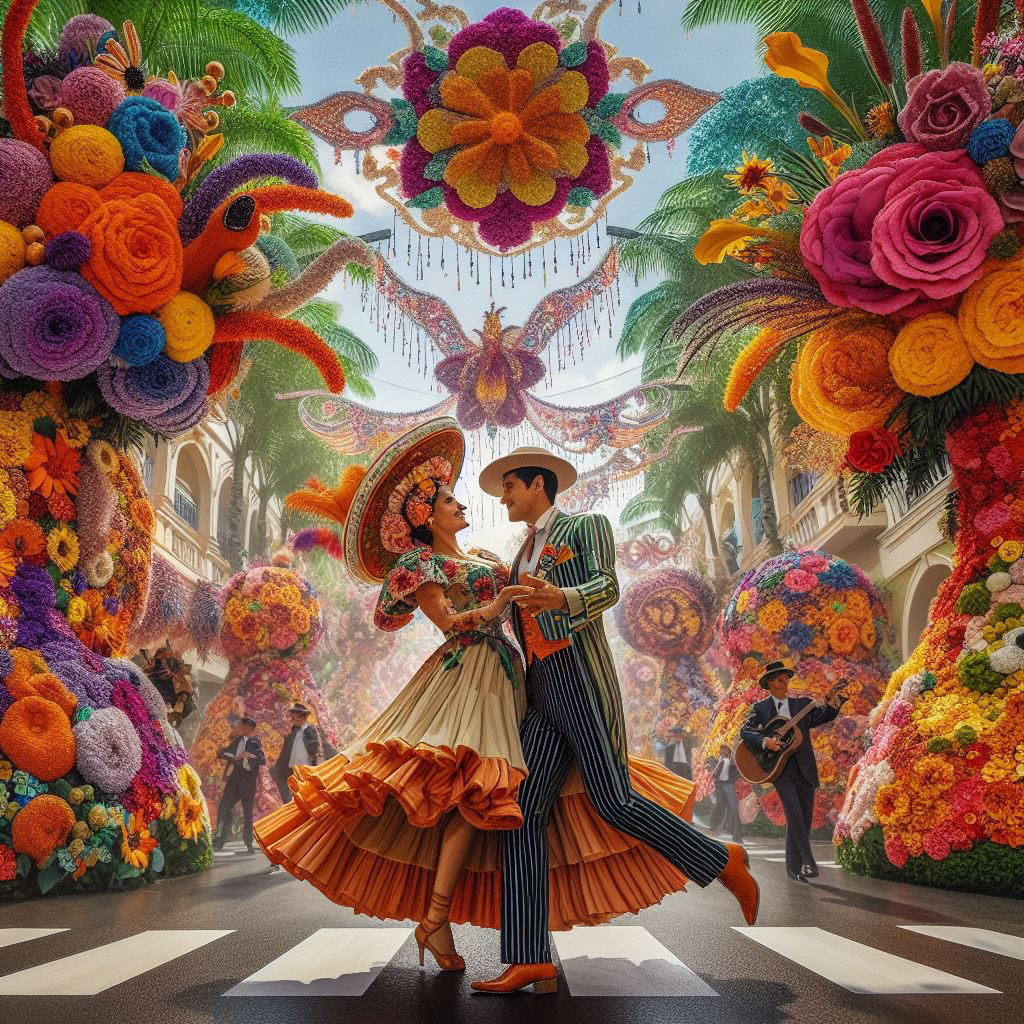
La Feria de las Flores is a traditional Mexican folk song that celebrates the annual flower festival in the state of Hidalgo, Mexico. The song was composed by Chucho Monge in 1941 and is considered one of Mexico’s most iconic songs, embodying the spirit and essence of Mexico’s traditional folk music and culture1.The song describes the vibrant and joyous atmosphere of the festival, with its beautiful flowers, delicious food, and traditional Mexican music. It paints a vivid picture of the bustling streets adorned with magnificent floral displays, merry crowds dancing to the cheerful tunes, and the intoxicating aroma of flowers filling the air12.The lyrics of the song also tell a story of a passionate and determined individual who attends the flower fair. The singer expresses their love for singing to the wind, as their songs take flight and convey their genuine emotions wherever they go. They boast about how nothing can intimidate them, neither a hill nor a stubborn horse. The singer portrays themselves as a rider on a horse, emphasizing that they have come from afar to attend the flower fair. They become captivated by a unique rose, which symbolizes a special person or love interest that the singer desires deeply. Despite the potential competition for this rose, the singer claims to have spotted it first and swears to steal it, even if there is a gardener who tends to it. This demonstrates the singer’s determination to possess this love, showcasing their willingness to go to great lengths for it3.The song “La Feria de Las Flores” has become an important part of Mexico’s cultural heritage and is often played at national events and festivals. It is also a popular song to sing during mariachi performances and is often requested at parties1.
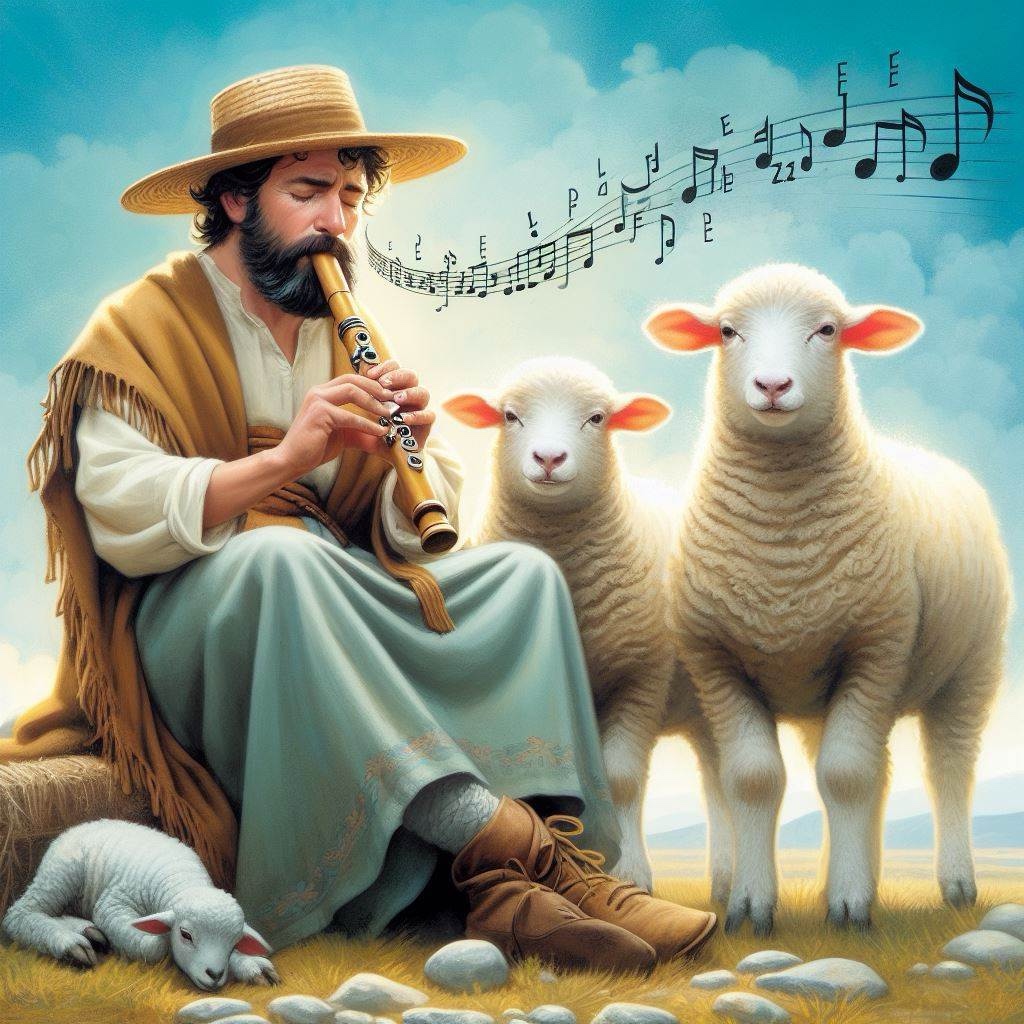
El Pastor is a traditional Mexican folk song that tells the story of a shepherd and his flock. The song was composed by Roque Carbajo and Rafael Gaston Perez and was first released in 1955 by Miguel Aceves Mejía2.The lyrics depict the daily journey of the shepherd as he guides his sheep from the mountains to the meadow and back again. The shepherd is portrayed as a kind and gentle figure, leading his sheep down the path and whispering his complaints to his flute made of cane. The sheep follow him as if under a spell, illustrating the bond and trust between the shepherd and his flock1.In the second verse, the shepherd begins his return journey as the sun starts to set. He climbs up the hill to ensure the safety of his flock. Using his flute, he calls each sheep individually, communicating both his joys and sorrows16.The song captures the pastoral lifestyle and the deep relationship formed between a shepherd and his animals. It celebrates the harmony between man and nature, the dedication of a shepherd towards his flock, and the tranquil beauty of a shepherd’s life in the rugged landscapes of Mexico123.The song touches on themes of love, longing, and the simplicity of rural life. It explores the connection between humanity and nature, evoking a deep sense of nostalgia and yearning. The shepherd in “El Pastor” serves as a metaphor for the human soul, seeking solace and meaning in the vastness of the world23.”El Pastor” has become a significant part of Mexican culture, with its haunting melody and poignant lyrics reflecting the enduring appeal of the story it tells123.
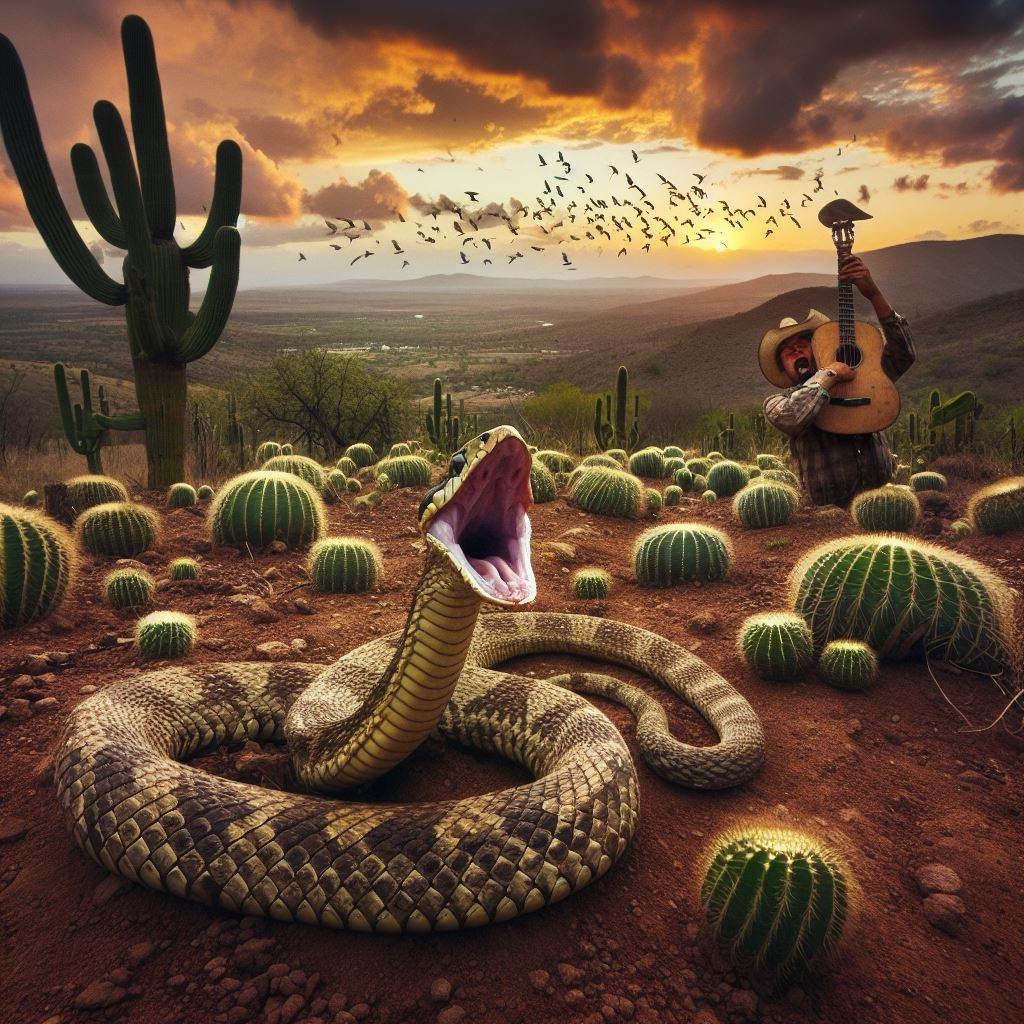
El Cascabel is a traditional Mexican folk song that tells the story of a rattlesnake. The song describes the rattlesnake’s movements and the sound of its rattle as it moves through the countryside. The lyrics evoke the image of the snake slithering and the sound of its rattle, creating a vivid and rhythmic portrayal of the snake’s presence in the natural environment. The song captures the essence of traditional Mexican music and storytelling, celebrating the rich cultural heritage of the region.
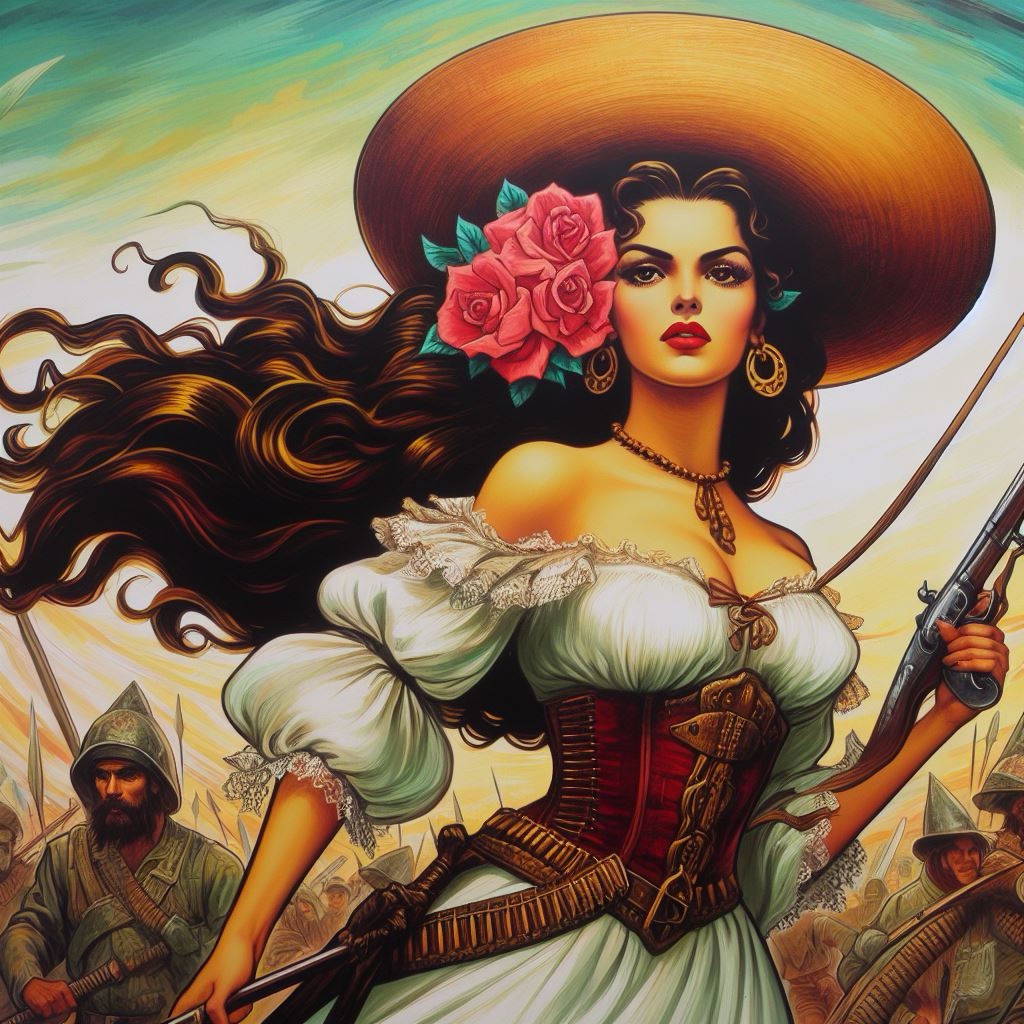
La Adelita is one of the most famous corridos of the Mexican Revolution, depicting the brave women who fought and traveled with the Federales and the revolutionary army. Corridos are narrative ballads that tell stories about historical events, heroes, and social issues. The song speaks of Adelita as someone who is pretty and the object of desire for many of the soldiers, but who also has bravery and commands respect. The ballad was inspired by a Chihuahuense woman who joined the Maderista movement in the early stages of the revolution and fell in love with Madero. She became a popular icon and a symbol of the role of women in the Mexican Revolution. The figure of the adelita gradually became synonymous with the term soldadera, the woman in a military-support (and sometimes fighting) role, who became a vital force in the revolutionary efforts through provisioning, espionage, and other activities in the battles against Mexican federal government forces. However, the song, the portrait, and the role of its subject have been given different, often conflicting, interpretations. It has also been argued that “‘La Adelita‘ expressed the sensitivity and vulnerability of men, emphasizing the stoicism of the rebellious male soldier as he confronts the prospect of death”. In another interpretation, the song characterizes Adelita as a softer version of the female soldier, the sweetheart of the troupe who was neither vulgar nor ruthless. Regardless of the various interpretations, “La Adelita” has come to represent the archetype of the Mexican Revolutionary woman-warrior, symbolizing strength and courage123.

La Valentina is a timeless Mexican folk song that has captivated audiences for decades. Originally composed by Silvestre Vargas, this iconic piece tells a story of love, longing, and heartbreak. The lyrics, accompanied by soulful melodies, evoke a myriad of emotions in listeners, making it a beloved classic in Mexican music. This hauntingly beautiful song revolves around the character of La Valentina, a woman who personifies love and beauty. The lyrics depict her as a symbol of desire and unrequited love, as she is unable to attain the affections of the one she longs for. The song explores themes of unattainable love, fate, and the inevitable consequences of desire. Throughout the verses of La Valentina, the lyrics paint a vivid picture of a woman yearning for the attention of her desired lover. The poetry is filled with metaphors and imagery, describing the beauty of Valentina and comparing her to precious gems and flowers. The song is a soulful and passionate piece that showcases the group’s versatility and ability to evoke emotions through their music. The song narrates a heartfelt and timeless story of unrequited love, told through poetic lyrics and enchanting melodies. La Valentina tells the tale of a man deeply in love with a woman named Valentina, but despite his adoration, his love remains unreciprocated. The lyrics express the singer’s longing and devotion to Valentina, despite the challenges and potential consequences. The song evokes a range of emotions, including longing, nostalgia, sadness, and passion, making it a beloved classic in Mexican music.
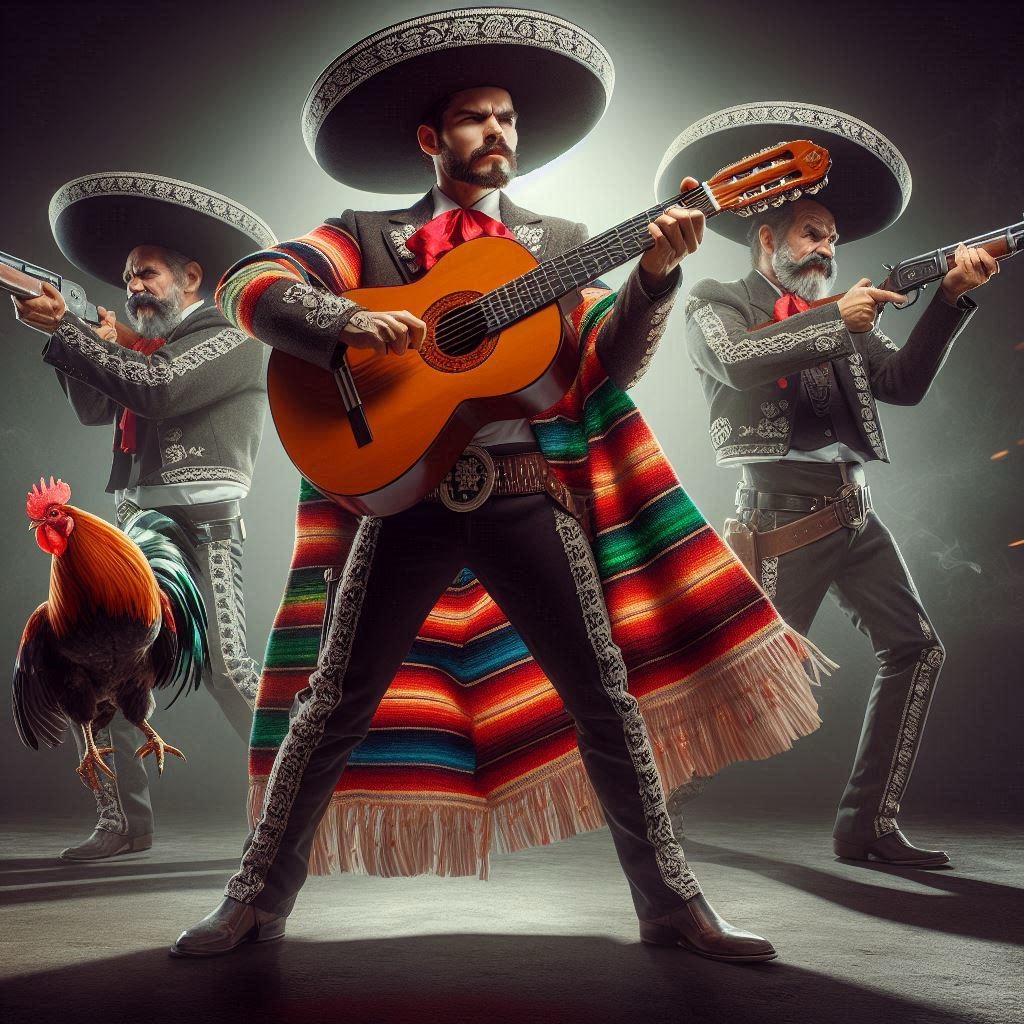
The mariachi song “Cocula,” performed by Jorge Negrete, is a vibrant tribute to the town of Cocula in Jalisco, Mexico, often referred to as “La Cuna del Mariachi” or “The Cradle of Mariachi.” The lyrics of the song celebrate Cocula as the soul of mariachi music, highlighting its deep-rooted significance in the genre’s history and cultural heritage. Through its verses, the song narrates a journey of a person coming from Cocula, carrying the essence of mariachi music, and heading to Aguascalientes to the San Marcos fair, showcasing the adventurous spirit and pride of the people associated with this musical tradition.
The song weaves a narrative that includes elements of traditional Mexican culture, such as the mention of a “gallo muy jugado” (a highly prized rooster) for cockfighting, a common pastime, and carrying a pistol for protection, reflecting the rugged and bold nature of the mariachi’s origins. It also mentions other regional elements like “Tecalitlán los sones” (the sones from Tecalitlán), “De San Pedro su cantar” (the singing from San Pedro), and “De Tequila su mezcal” (the mezcal from Tequila), painting a vivid picture of Jalisco’s rich cultural landscape.
Furthermore, the song delves into themes of love and betrayal, as the narrator seeks an unfaithful woman to confront her, illustrating the emotional depth and storytelling aspect that mariachi songs often embody. This pursuit for confrontation and the desire to face the woman who wronged him adds a personal and relatable dimension to the song, making it more than just an ode to a place but also a reflection of human experiences and emotions.In essence, “Cocula” by Jorge Negrete is not just a song about a town; it’s a celebration of the mariachi tradition, the cultural richness of Jalisco, and the universal themes of love, pride, and resilience. It encapsulates the spirit of mariachi music, which is deeply intertwined with the identity and heritage of the Mexican people, especially those from Cocula and the surrounding regions.
These songs are classic mariachi tunes that are deeply rooted in Mexican culture and are often performed by mariachi bands in Guadalajara and throughout Mexico. They represent the essence of traditional mariachi music and are popular choices for various celebrations and events.
The average temperature in Guadalajara in May ranges from a high of 88°F to a low of 57°F. The weather is characterized by very high temperatures and low rainfall, making it a warm and dry. However, it’s important to note that temperatures can occasionally reach higher levels, with the highest day temperature in May 2023 recorded at 104°F.
The month of May is considered a prime time to visit Guadalajara, with hotel prices tending to dip during this period. It’s advisable to be prepared for cooler nights, as the temperatures can drop significantly after sunset. Overall, May offers warm and dry weather, making it a favorable time to explore the city and its attractions.
Guadalajara, Mexico, offers a wide range of attractions for various interests:
Boaters and Swimmers: Lake Chapala, Mexico’s largest freshwater lake, is just an hour’s drive from Guadalajara. It offers boating and swimming opportunities5.
Hikers: The forest of La Primavera, known as the Spring Forest, is located west of Guadalajara and offers hiking trails5.
Birders: The area around Lake Chapala is a paradise for bird watchers, as many migrating birds, including the white pelican, spend their winters there5.
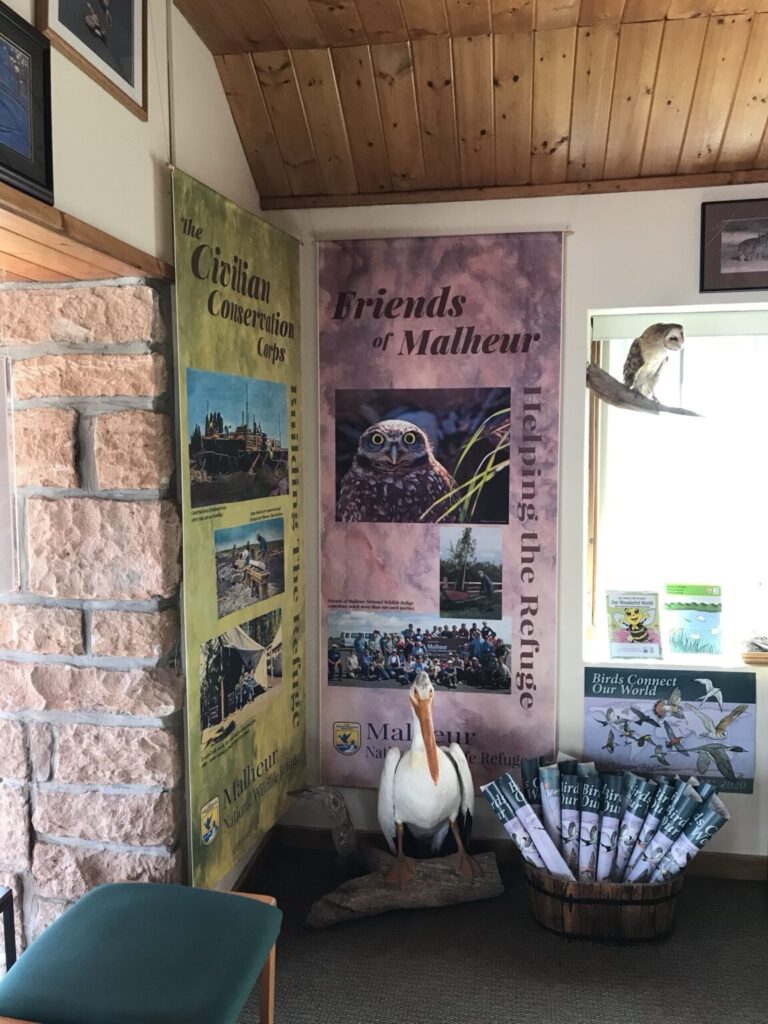
Historians: Guadalajara is rich in history, with historic pueblo towns and tequila-producing blue agave fields. The town of Tequila, with its 18th-century church and the original tequila factory, Hacienda Herradura San Jose Refugio, is a notable historical site
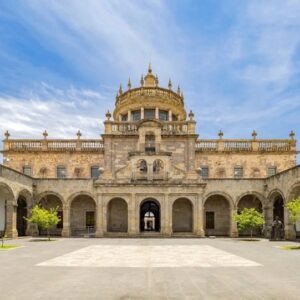
There are two UNESCO World Heritage Sites in and around Guadalajara, Mexico: the Hospicio Cabañas and the Agave Landscape and Ancient Industrial Facilities of Tequila.
- Hospicio Cabañas, Guadalajara
The Hospicio Cabañas was built at the beginning of the 19th century to provide care and shelter for the disadvantaged, including orphans, the elderly, the handicapped, and chronic invalids. This remarkable complex was unique for its time due to its harmonious relationship between the open and built spaces, the simplicity of its design, and its size. The chapel was decorated with a superb series of murals in the early 20th century, now considered some of the masterpieces of Mexican art. These murals are the work of José Clemente Orozco, one of the greatest Mexican muralists of the period13589. - Agave Landscape and Ancient Industrial Facilities of Tequila
While the exact details about this site were not found in the search results, it is known that the Agave Landscape and Ancient Industrial Facilities of Tequila is a UNESCO World Heritage Site located near Guadalajara. This site is recognized for its cultural significance related to the production of tequila, a traditional Mexican spirit. The landscape is shaped by the cultivation of blue agave, the plant used to produce tequila, and the industrial facilities include distilleries and factories where the spirit is produced4.
Please note that while the archaeological site of Guachimontones (Zona Arqueologica Teuchitlan) is often mentioned in relation to Guadalajara, it is not listed as a UNESCO World Heritage Site2.
Catholics: The Roman Catholic Archdiocese of Guadalajara, established in 1548, is based in the city. The current Archbishop is Francisco Robles Ortega26.
Divers: Guadalajara is the birthplace of notable divers like Laura Sánchez and Paola Espinosa, who have represented Mexico in multiple Olympic Games37.
Musicians and Dancers: Guadalajara is home to many artists and bands, including Maná, Alejandro Fernández, and Paty Cantú. The city is also known for its mariachi bands and folk dancing45.
Beer Drinkers: Guadalajara offers a vibrant nightlife with numerous bars and clubs, some of which serve craft beer8.
Botanists: The region around Guadalajara is known for its extensive fields of tequila-producing blue agave plants5.
Veterans, Athletes, and Local Tourists: Guadalajara has produced many notable athletes, including divers and musicians. The city also offers a range of recreational activities, from hiking and bird watching to boating and exploring historic sites3457.
Pre-Hispanic Era
Tequila, the iconic Mexican spirit, has its origins in the pre-Hispanic era when natives fermented the sap from the local agave, also known as maguey, into a drink called pulque. Pulque, a milky-colored, sticky liquid, was made by fermenting the sap of maguey plants and was considered vital, even having a god, Patecatl.

Patecatl is a significant figure in Aztec mythology, revered as the god of healing and fertility. He is also known as the “lord of the root of pulque,” an alcoholic beverage made from the maguey (agave) plant. Patecatl is associated with the discovery of peyote, a hallucinogenic substance, and is recognized for his role in providing remedies for overall well-being. In Aztec beliefs, he is depicted as a deity capable of bestowing healing and fertility upon humanity. Patecatl is also the husband of Mayahuel, the goddess of the maguey plant, and together they are the parents of the Centzon Totochtin, the “four hundred rabbits,” who are the gods of drunkenness in Aztec mythology. Patecatl’s enduring presence reflects the ongoing relevance and cultural importance of this Aztec god, symbolizing the healing arts and serving as a reminder of the power of traditional healing practices145.
Mezcal, derived from the cooked heart of agave plants, was the precursor to tequila. The word “mezcal” in Nahuatl means “the house of the moon,” signifying the core or essence. Tequila, a variety of mezcal, is made primarily from the blue agave. The town of Tequila in Jalisco, Mexico, lent its name to the spirit. The exact meaning of “tequila” is a mystery, but it is said to be a Nahuatl expression. Some interpretations include “the place where it is cut” due to the abundance of obsidian in the area, and “a place of tribute” as it was used as a tribute to the Aztec emperors during religious or festive ceremonies15.
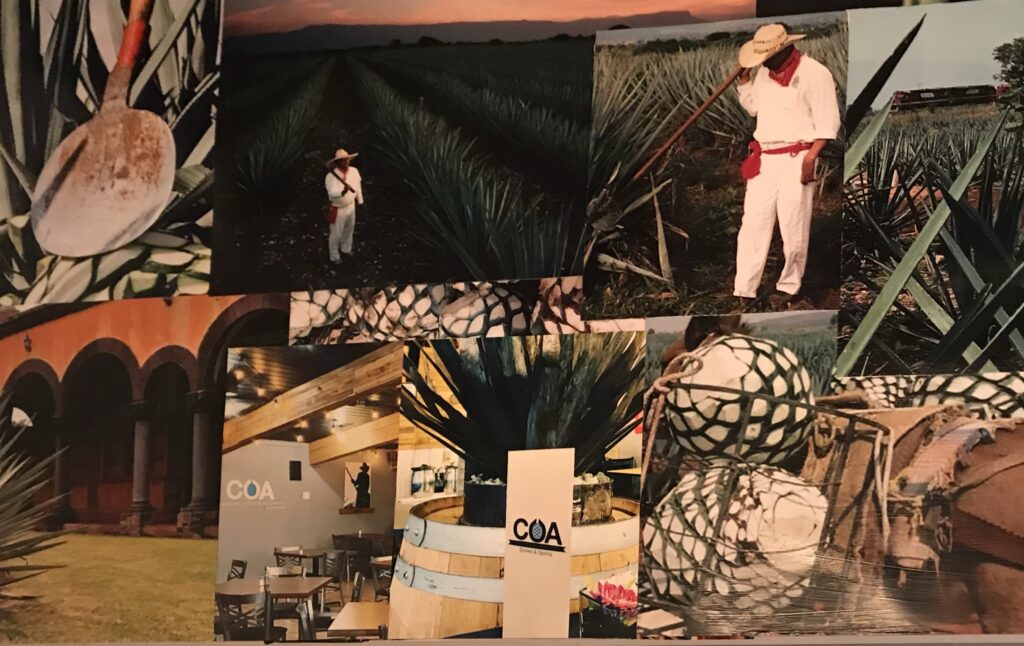
Guadalajara and the state of Jalisco have a rich indigenous heritage that continues to influence the region’s culture and traditions. The area was originally inhabited by various indigenous groups, including the Nahua, Otomi, Tarasco, and Wixarika (Huichol) peoples. Despite the impact of colonization and urbanization, the indigenous influence is still present in various aspects of Guadalajara’s culture. Here are some examples of indigenous culture that are still present in Guadalajara:
- Language and Traditions: The indigenous languages and traditions of the Nahua, Otomi, Tarasco, and Wixarika peoples continue to be preserved and celebrated in the region. The state of Jalisco is home to a diverse indigenous population, and efforts are made to promote and protect indigenous languages and cultural practices.
- Art and Crafts: Indigenous art and crafts, such as pottery, textiles, and traditional handicrafts, are still produced and celebrated in Guadalajara and Jalisco. These artistic traditions reflect the cultural heritage of the indigenous communities and contribute to the region’s vibrant artistic landscape.
- Cuisine: Indigenous culinary traditions have influenced the local cuisine of Guadalajara and Jalisco. Traditional dishes and ingredients, such as corn, beans, and native herbs, continue to be an integral part of the region’s gastronomy, reflecting the indigenous culinary heritage.
- Cultural Festivals: Indigenous cultural festivals and celebrations are observed in Guadalajara and Jalisco, providing an opportunity to showcase and honor the traditions, music, dance, and rituals of the indigenous communities.
- Social and Economic Contributions: Indigenous communities in Jalisco have made significant contributions to the region’s social and economic fabric. Their presence and influence are evident in various aspects of daily life, including agriculture, artisanal production, and community development.
Overall, the indigenous culture of Guadalajara and Jalisco is a vital and enduring part of the region’s identity, contributing to its cultural diversity and enriching the social fabric of the area. Efforts to recognize, preserve, and promote indigenous heritage are essential for maintaining the cultural richness of Guadalajara and Jalisco.
The patron saint of Guadalajara is the Virgin of the Assumption. Notable residents include musicians like Alejandro Fernández and athletes like Laura Sánchez. As for films, specific titles were not found in the search results.
Boaters and Swimmers
Guadalajara is located inland, and while it offers various recreational and cultural attractions, it is not typically associated with yachting or boating activities due to its distance from the coast.

The divers in Guadalajara, such as Laura Sánchez and Paola Espinosa, practice in various swimming pools and training facilities in the city. The nearby Lake Chapala offers several swimming beaches worth visiting, including the Malecón de Ajijic, a popular boardwalk along the lakefront.
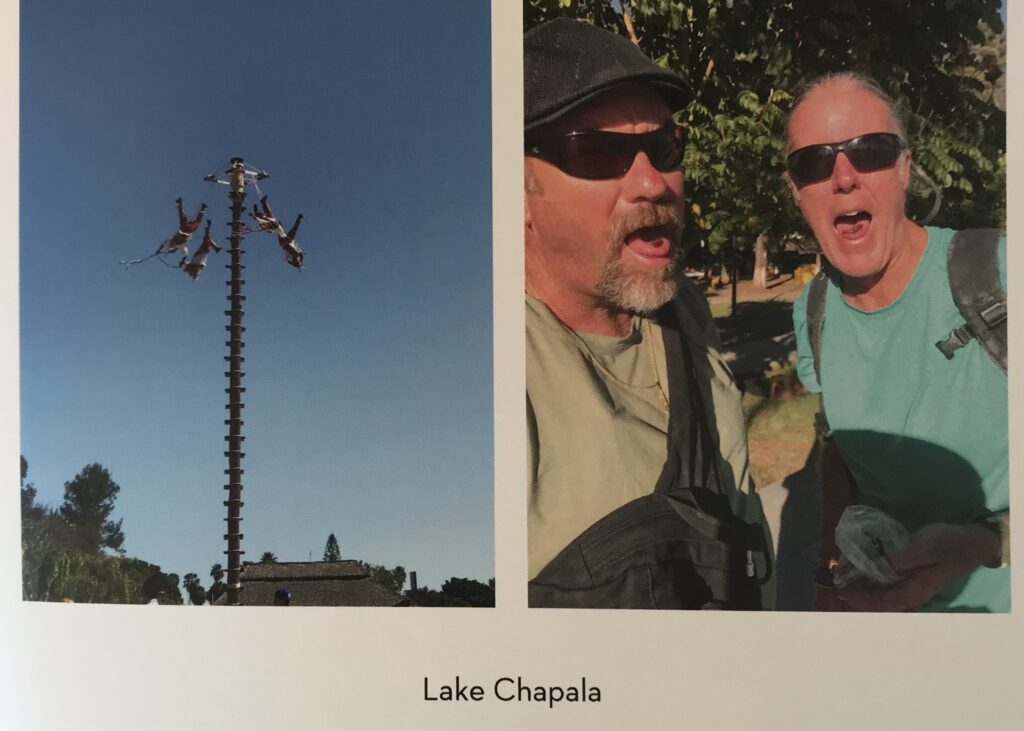
There are yacht clubs on Lake Chapala, such as the Chapala Yacht Club, which is worth visiting for its picturesque location and the opportunity to enjoy boating and water activities on the lake. The club offers a range of amenities and services for sailing enthusiasts and visitors alike, making it a popular destination for those interested in yachting and water sports5.
Hikers
In Guadalajara and near Lake Chapala, there are scenic boardwalks called malecons. The term “malecón” in Spanish refers to a stone-built embankment or esplanade along a waterfront. It is commonly used in Spanish-speaking countries, particularly in nations of Latin America, to describe a structure built along a waterfront to influence currents, protect a harbor or beach, or provide a scenic walkway for pedestrians.
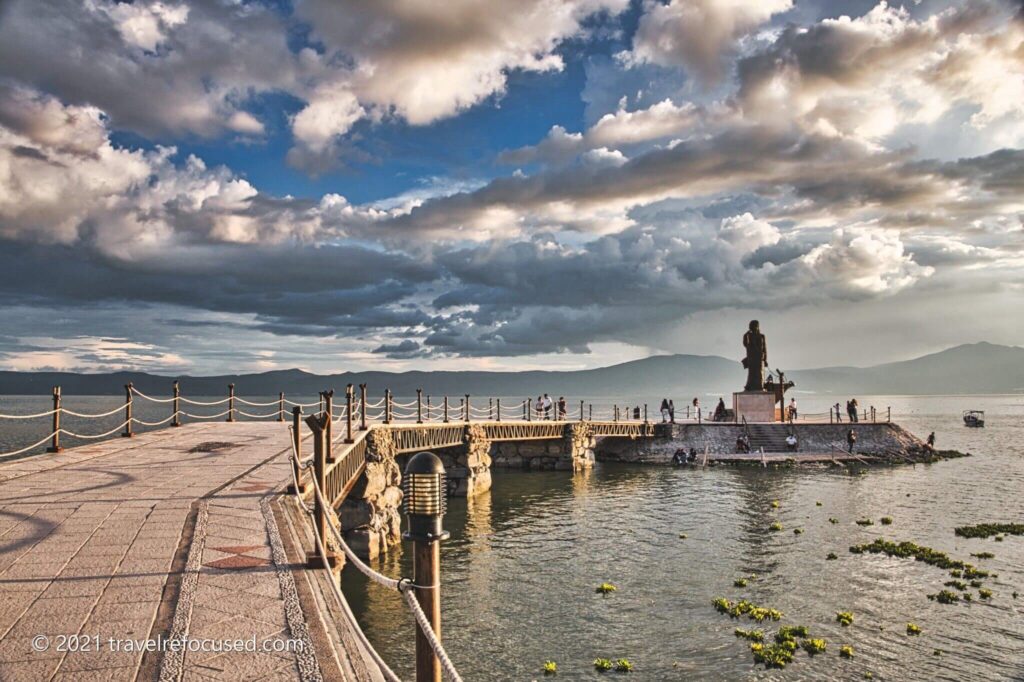
The malecón often serves as a promenade where people can stroll, enjoy views of the water, and engage in leisure activities. It may also include features such as benches, landscaping, and recreational areas, making it a popular destination for locals and tourists alike. Known as “malecóns” they offer beautiful views and leisurely strolls. Here are the main malecóns in these areas:
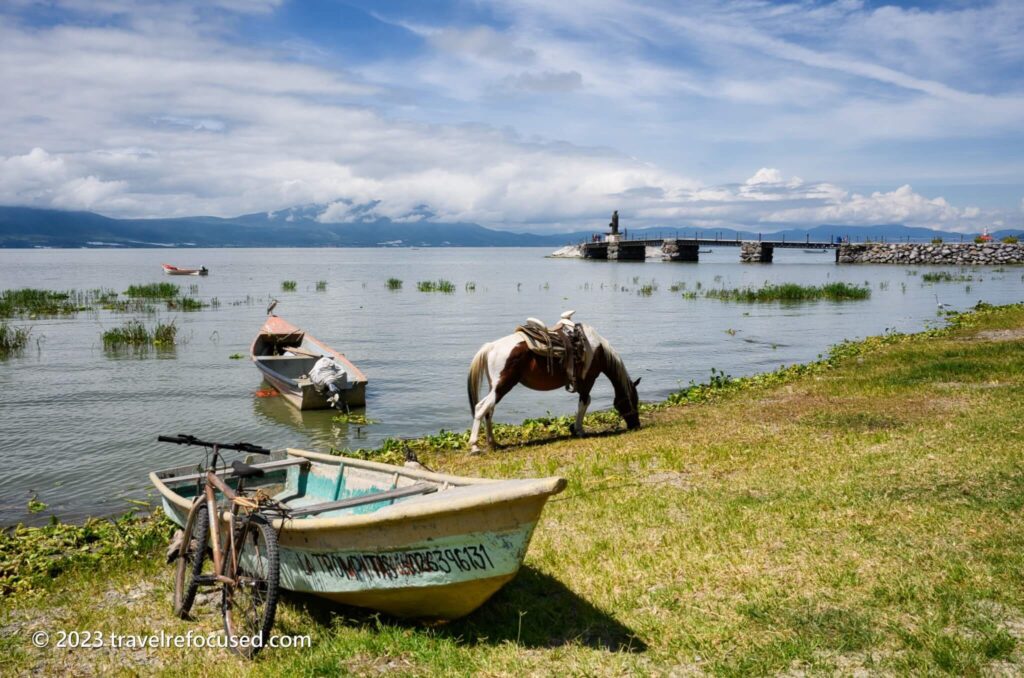
- Malecón de Guadalajara: While specific details about a malecón in Guadalajara were not found in the provided sources, the city is known for its vibrant atmosphere, historic architecture, and lively public spaces. The malecón in Guadalajara may offer a picturesque setting for locals and visitors to enjoy.
- Malecón de Chapala: Located near Lake Chapala, the Malecón de Chapala is a popular attraction offering beautiful views of the lake and surrounding mountains. This boardwalk provides a scenic setting for leisurely walks, sightseeing, and enjoying the tranquil ambiance of the lake2.
- Malecón de Ajijic: Ajijic, a town near Lake Chapala, also features a malecón that provides a charming setting for visitors to enjoy the lakeside views and the local scene. The malecón in Ajijic offers an attractive mix of sightseeing, shopping, and eating, making it a popular destination for both day-trippers and long-term expats5.
These malecóns provide opportunities for visitors to immerse themselves in the natural beauty and local charm of the Guadalajara and Lake Chapala areas, offering a relaxing and scenic experience for all.
Birds
Lake Chapala, Mexico, is a haven for birdwatching, offering a diverse range of bird species throughout the year. Here are some of the birds you can spot near Lake Chapala:
Year-round Birds: Some bird species can be spotted near Lake Chapala throughout the year. These include Eurasian Collared-Dove, Inca Dove, White-winged Dove, Black Vulture, Turkey Vulture, Vermilion Flycatcher, and Great Kiskadee5.
Nesting Birds: The American White Pelicans are known to nest near Lake Chapala from November until March each year. These pelicans migrate from central Canada to Lake Chapala during this period3.
Additionally, Monk Parakeets have been observed attempting to build nests near the pier in Ajijic, a town on the shores of Lake Chapala5. These parakeets are known for constructing large communal nests, making them a notable nesting species in the area.
For more specific information about the birds you can spot near Lake Chapala you may consider reaching out to local birding groups such as the Lake Chapala Birders. This informal group of bird observers, led by John and Rosemary Keeling, offers bird walks and can provide detailed insights into the seasonal bird populations around Lake Chapala2.
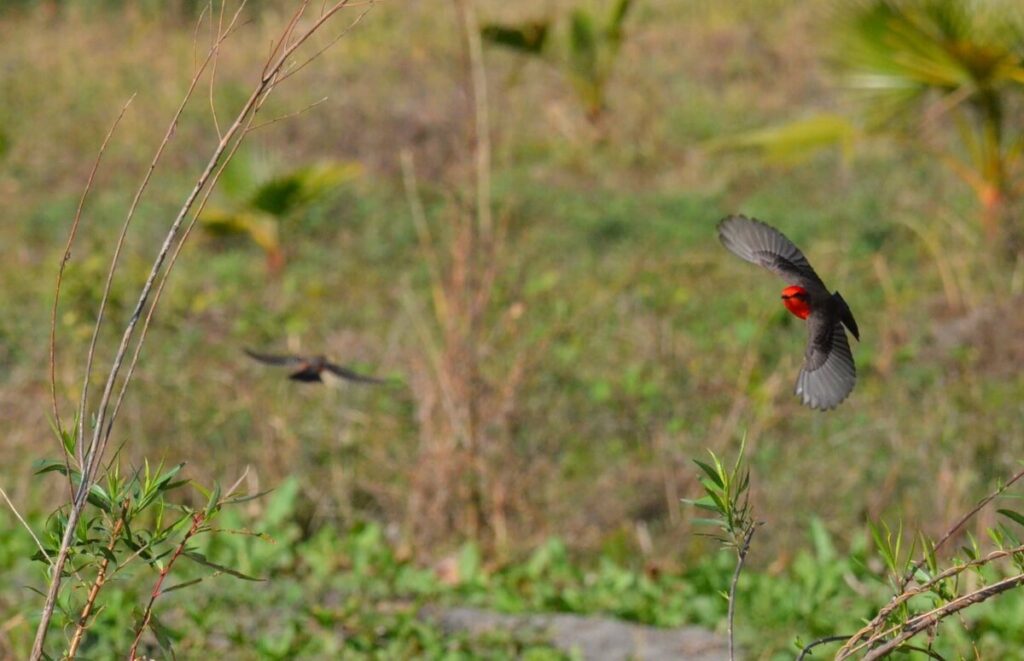
Additionally, the Lake Chapala area is known for hosting a variety of bird species, including kingfishers, pelicans, egrets, and a red-breasted sapsucker4. The region’s diverse avian population makes it an excellent destination for birdwatching enthusiasts.
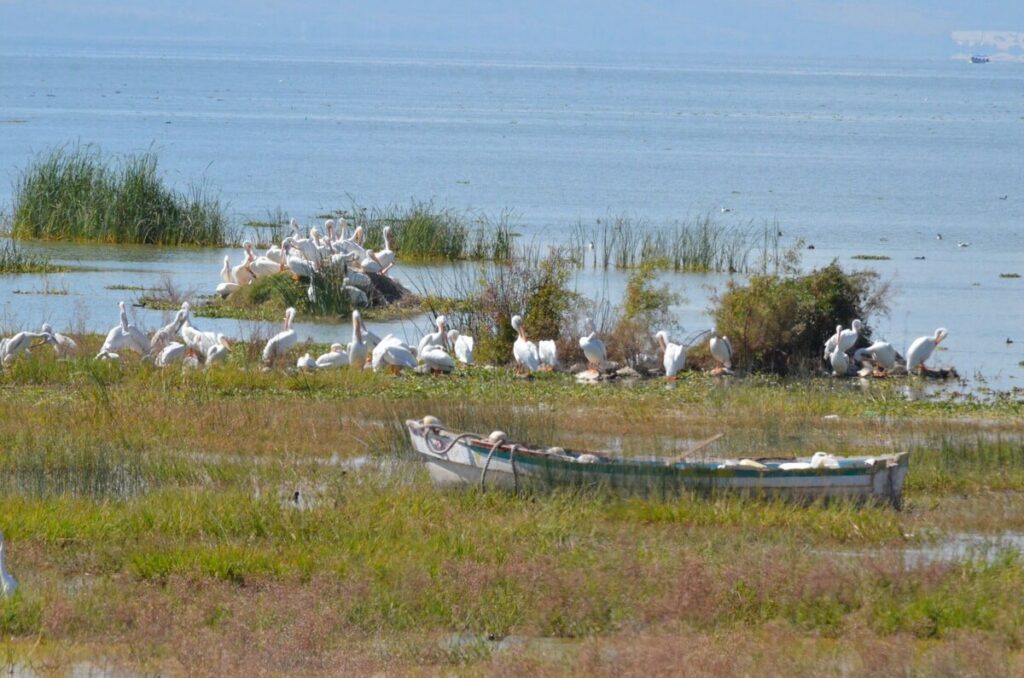
Catholics
The patron saint of Guadalajara is the Virgin of the Assumption, also known as Our Lady of the Assumption. The Guadalajara Cathedral, or Cathedral of the Assumption of Our Lady, was built in the Spanish Renaissance style and is dedicated to the Assumption of Mary1.
However, another significant figure in Guadalajara’s religious history is Our Lady of Zapopan. This image of the Virgin Mary is held in high regard by the locals and has been declared “miraculous” by the Bishop of Guadalajara in 1653. She is celebrated as the Patroness of Guadalajara, General of the Armies, and Queen of Jalisco2.
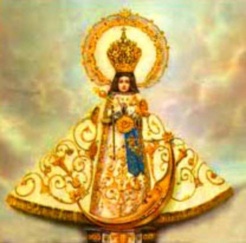
The Pilgrimage of the Virgin of Zapopan has been considered an Intangible Cultural Heritage of Humanity since 2018 by the United Nations Educational, Scientific, and Cultural Organization.
Every year the image of Our Lady of Zapopan is returned from the Cathedral of Guadalajara to the Basilica of Zapopan.
The end of the 17th century saw Guadalajara plagued by a severe epidemic. The Bishop ordered the statue of Our Lady of Zapopan to be carried in procession from its temple into the cathedral of Guadalajara. Following this procession, the plague ceased at once. For these and other reasons, Our Lady of Zapopan was officially declared Patroness of Guadalajara specifically “against storms, lightning, and epidemics.” Each year from 1734 up to the present day, Our Lady of Zapopan leaves her sanctuary on the 13th of June and all through the rainy season, until the 4th of October, visits the churches in every barrio of Guadalajara2.
In 1821, the “Year of Independence,” the achievement of independence took place on the 13th of June, at the time Our Lady’s image was entering Guadalajara for her annual pilgrimage. Accordingly, the government of Jalisco decided to commission Our Lady of Zapopan “General of the Army of the State.” On the 15th of September in that year, in the presence of the officials of both Church and State, the venerable image was vested in the blue shoulder sash and gold baston of a general2. . The image of Our Lady of Zapopan, also known as La Zapopanita, is a small statue that is believed to be a miracle-worker. Each year, the statue travels across Mexico’s state of Jalisco for five months, visiting churches.
Therefore, while the Virgin of the Assumption is the official patron saint of Guadalajara, Our Lady of Zapopan also holds a significant place in the city’s religious and cultural history.
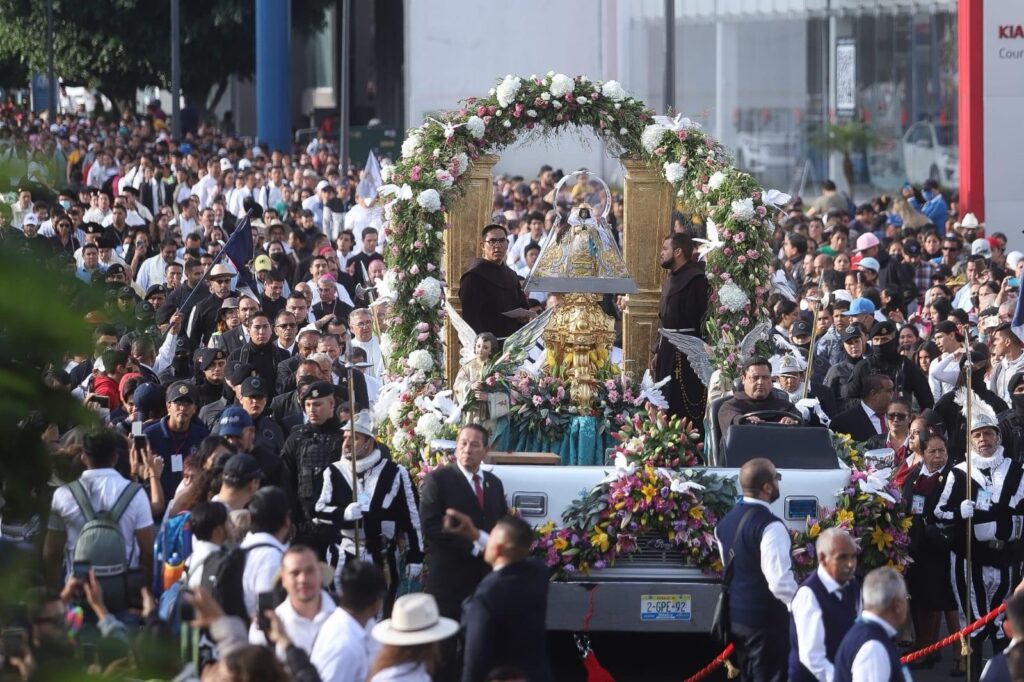
Sunday May 19, 2024 – today is a special day for Catholics in Guadalajara. It is the feast day of Nuestra Señora de Zapopan (Our Lady of Zapopan), the patroness of Guadalajara and the state of Jalisco.
On this day, a major religious celebration takes place in Guadalajara. The statue of the Virgin of Zapopan is carried in a procession from the Metropolitan Cathedral to the Basilica of Zapopan, a distance of about 7 km (4.5 miles). This procession typically draws around 3-4 million participants, making it one of the largest religious gatherings in Mexico.
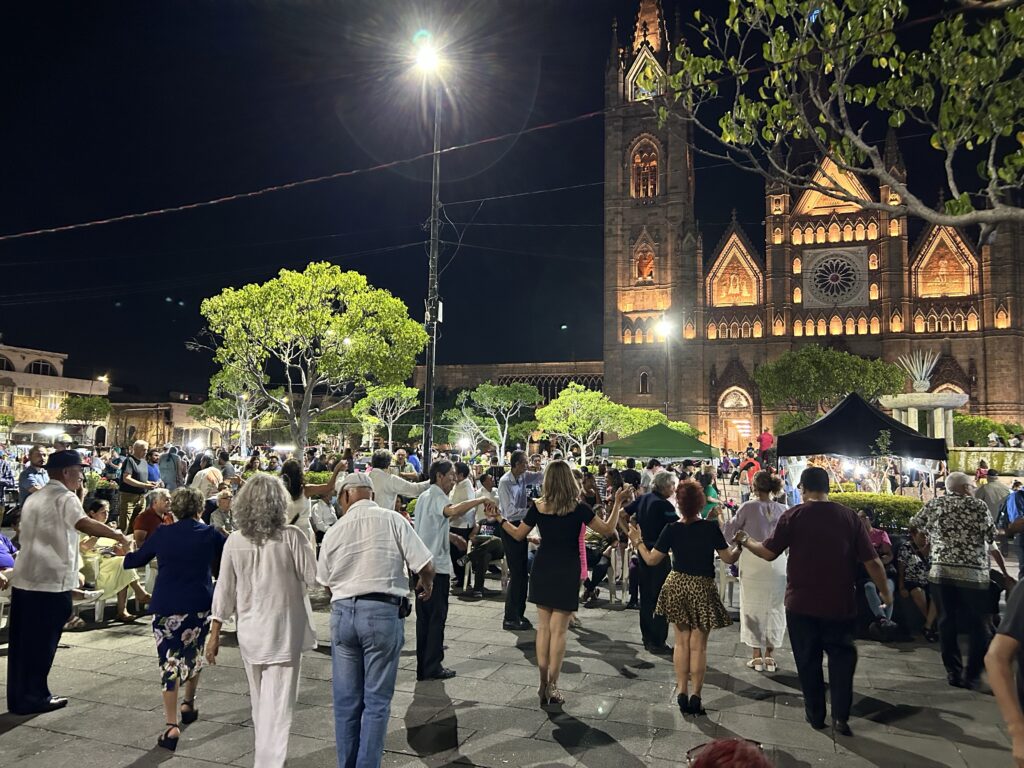
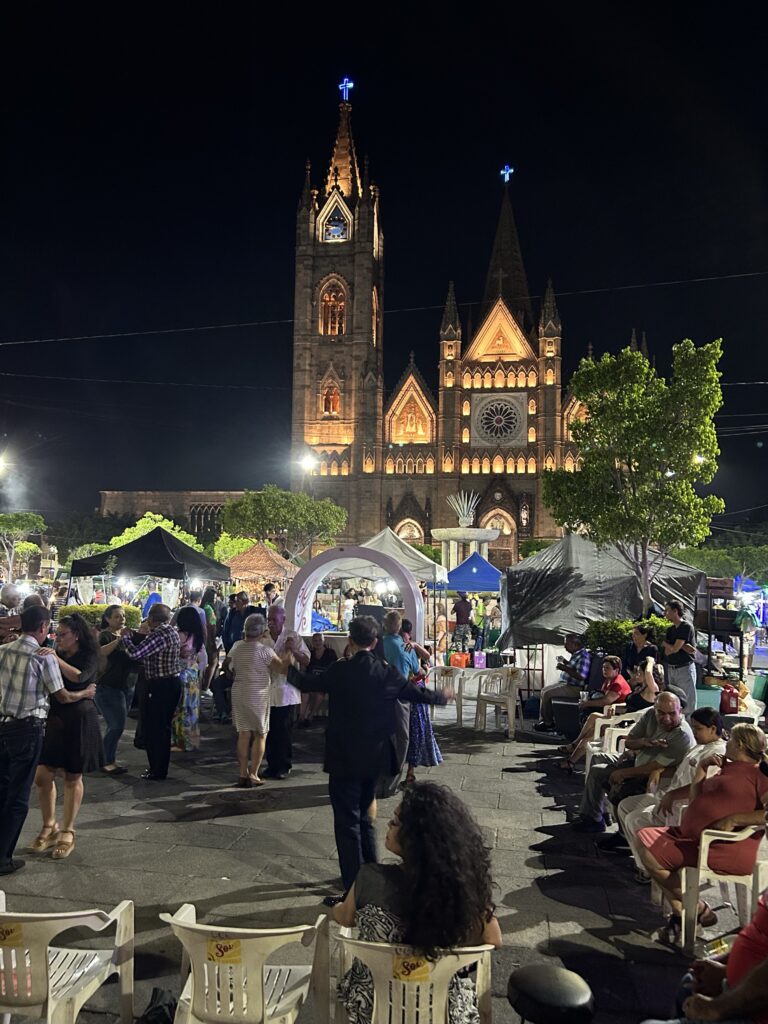
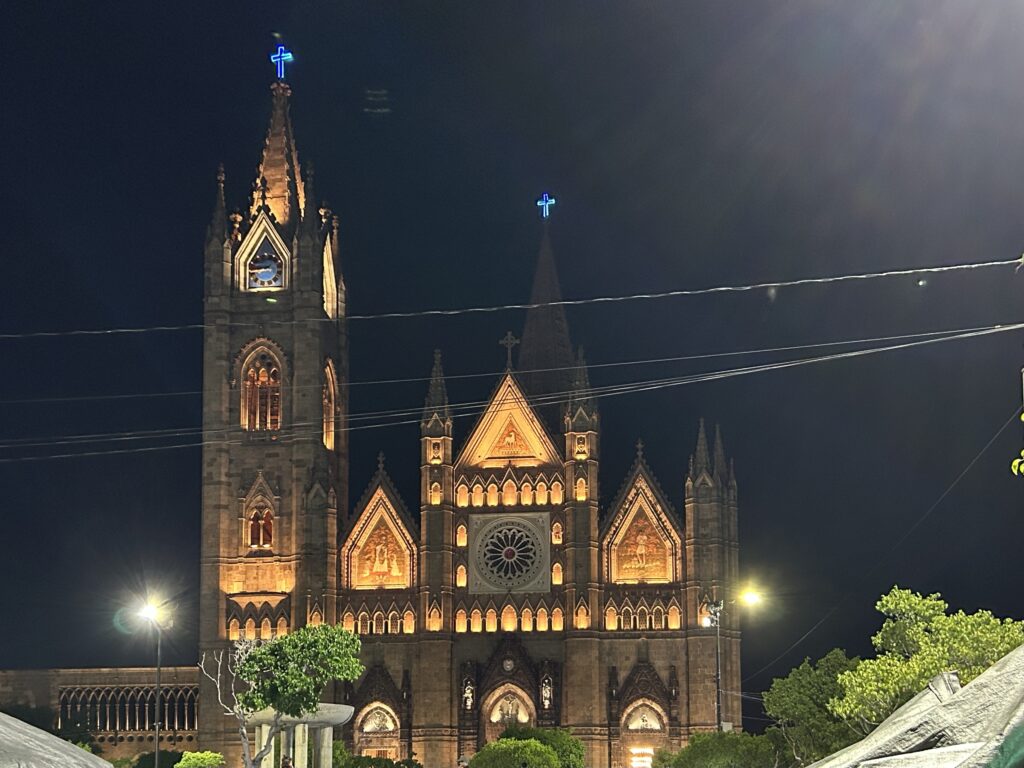
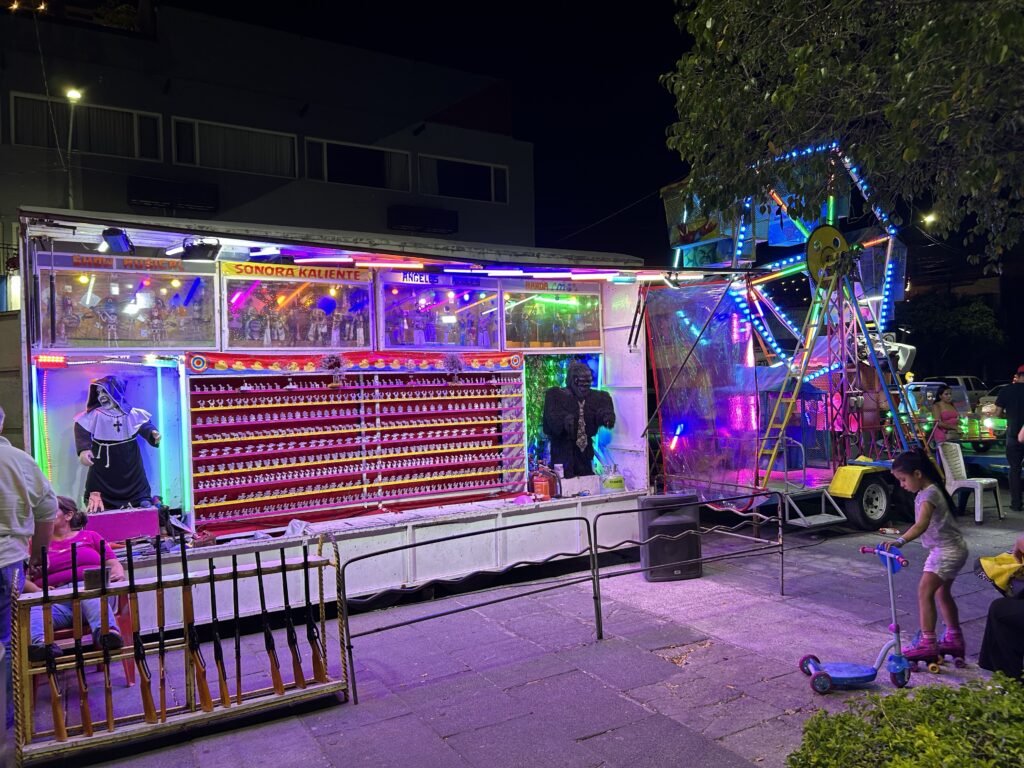
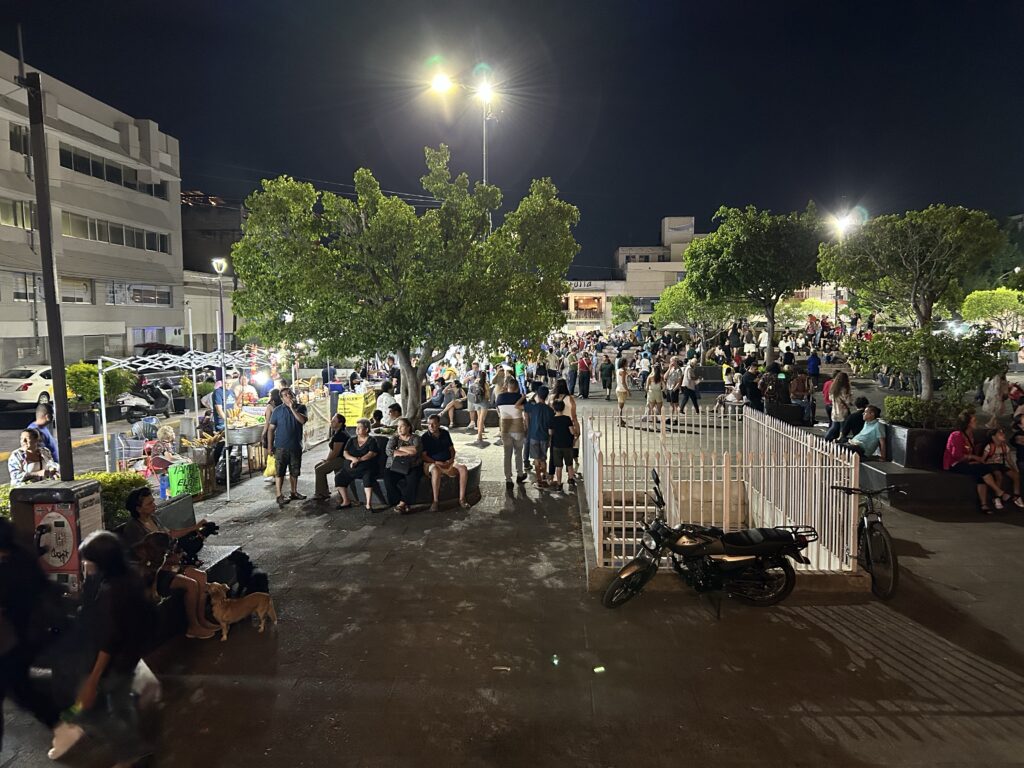
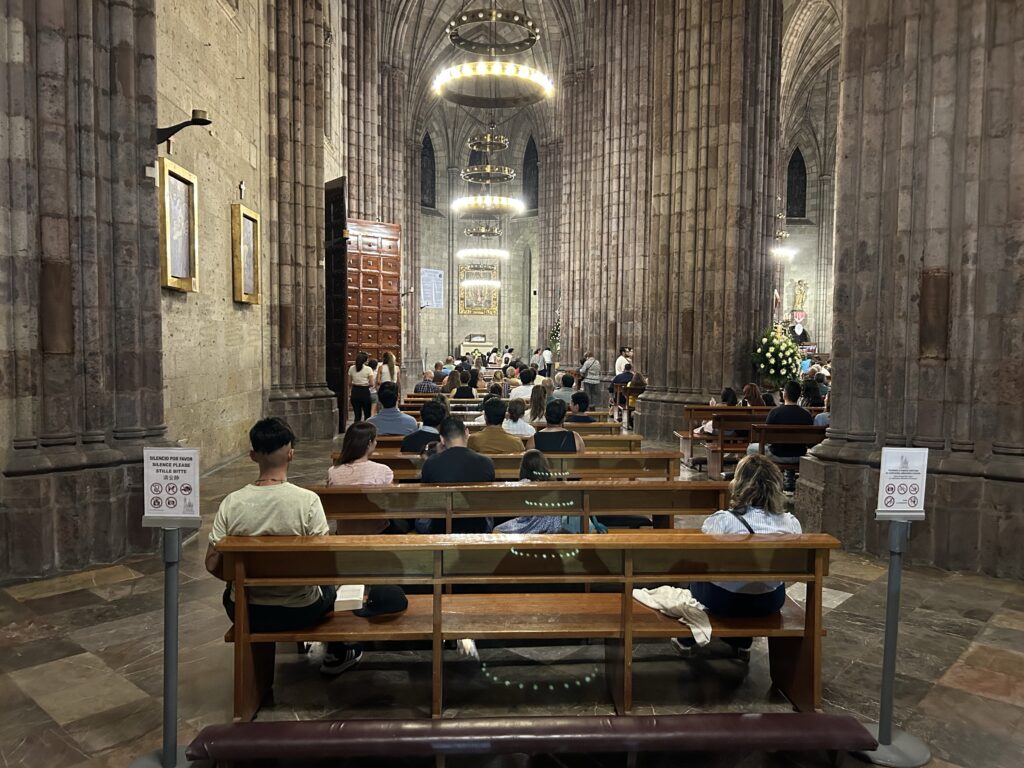
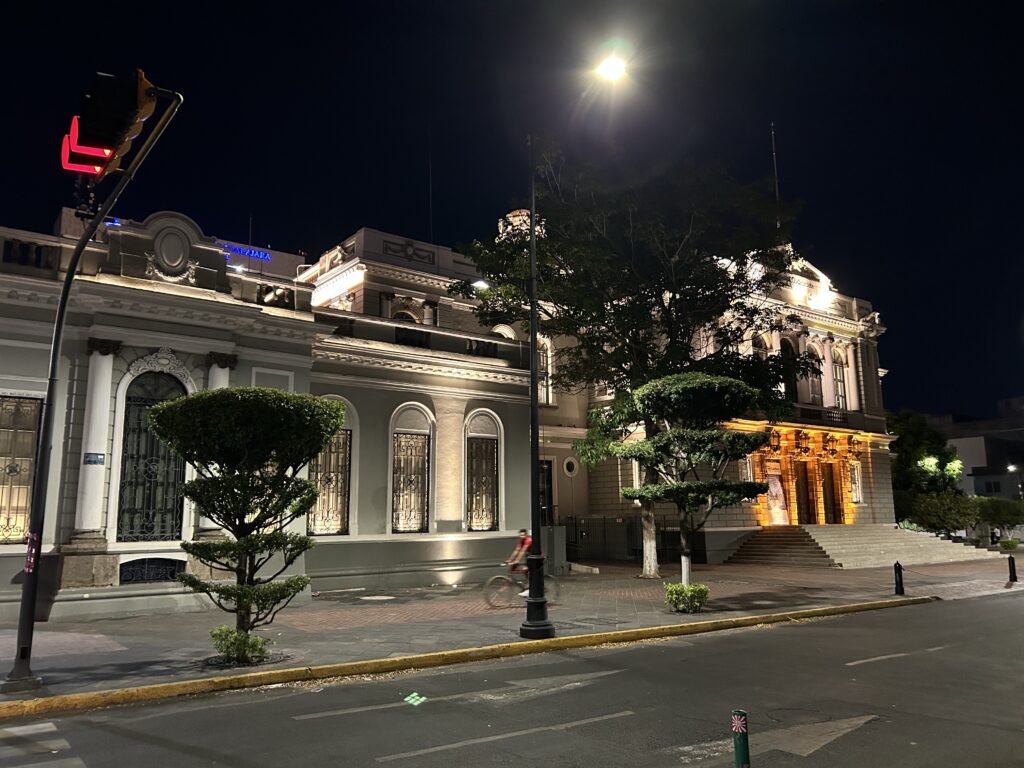
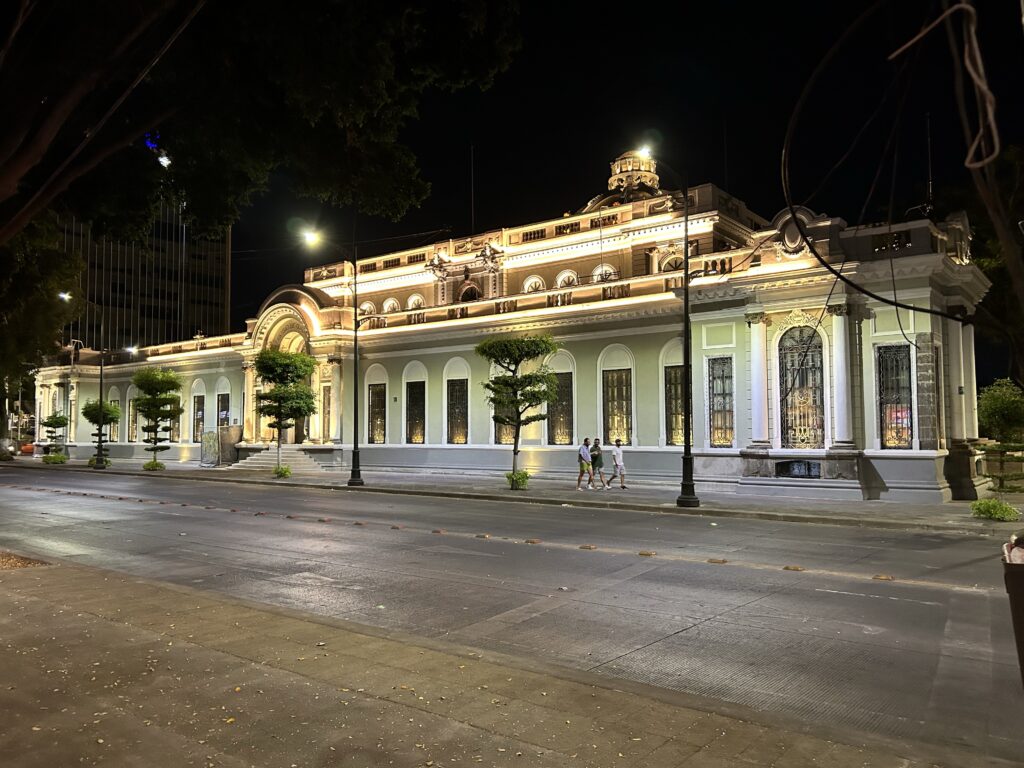
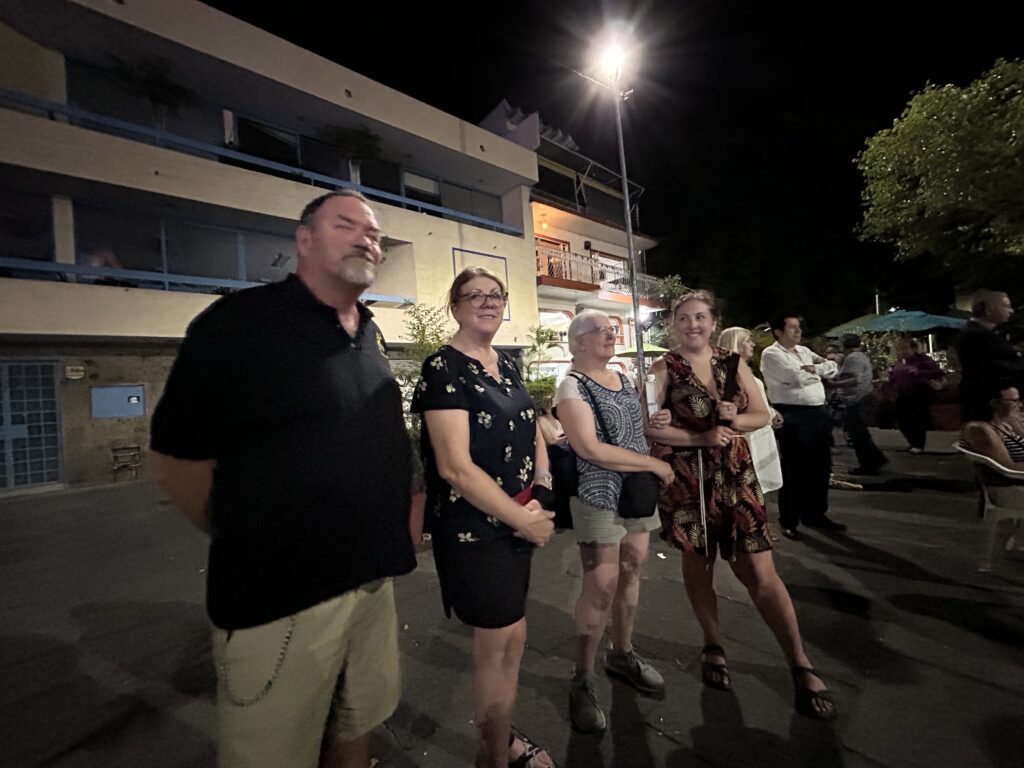
The day begins with a Mass at the Metropolitan Cathedral, followed by the procession carrying the statue of the Virgin through the streets of Guadalajara to the Basilica of Zapopan, her home church. Upon arrival at the Basilica, another Mass is celebrated in honor of the Virgin. The feast commemorates the apparition of the Virgin Mary to Juan Bautista Muro in 1531 near what is now Zapopan.
Beer and Agave Drinkers
Guadalajara has a thriving craft beer scene with several notable breweries. Here are some of the breweries you mentioned and their notable beer styles:
- San Lúpulo: This brewery offers a wide selection of Mexican craft beers, but specific beer styles were not found in the search results3.
- Cucapa: No specific beer styles were found in the search results.
- UMHO: This brewery is associated with Cerveza Loba, which offers a range of beer styles, including light lagers, pale ales, and American porters5. Cerveza Loba has a terrace brewhouse in the heart of Santa Tere’s neighborhood called UMHO. Here, you can enjoy a variety of their award-winning craft beers, and you can ask for a guided tour and a sampler of their delicious beer8.
- The Tap Room: No specific beer styles were found in the search results.
- Escarabajo Scratch: No specific beer styles were found in the search results.
- La Chata de Guadalajara offers beer flights with results5.
- Brewe: No specific beer styles were found in the search results.
- La Taberna Minerva: This brewery is associated with Minerva, a Mexican brewery known for its various beer styles, including pale ales, stouts, and IPAs5.
- Patan Ale House: offers beer flights or tasting menus.
- El Grillo: This brewery offers a solid taplist and an extensive bottled beer list, It is listed as one of the top craft beer bars in Guadalajara10 and offers beer flights or tasting menus.
In addition to these breweries, there are also beer tasting experiences available in Guadalajara. For example, Jalisco Trip offers a Mexican Craft Beer Tasting Experience where you can taste six different types of local and regional craft beers with their respective pairing and gourmet snacks2.Another option is the Barrio de Analco & Craft Beer Tasting tour by Jalisco Trip Tours, where you can enjoy a tasting of local Craft Beers assisted directly by the producers4.
Please note that not all breweries had specific beer styles available in the search results. However, these breweries contribute to the diverse and growing craft beer scene in Guadalajara.

Tequila, Mezcal, and Pulque are three distinct drinks made from the agave plant, each with its own unique characteristics:
- Tequila: Tequila is a spirit made exclusively from the blue agave plant, also known as Agave Tequilana Weber. It is primarily produced in the state of Jalisco, Mexico. Tequila is known for its distinct taste and is classified into five categories based on aging: blanco, reposado, anejo, extranejo, and joven or oro. The highest quality Tequilas are made from 100% agave, while lower quality ones may use a mixture of agave and sugar cane24.
- Mezcal: Mezcal is another agave-based spirit that can be produced from various agave plant varieties, unlike tequila, which is made exclusively from the blue agave. Mezcal is known for its smoky flavor, which comes from the roasting of the agave hearts, known as piñas, in stone-lined pits. It can be made from nearly 30 different varieties of agave, with the espadín agave being the most commonly used. Like tequila, the best Mezcal is made from 100% agave, while lower quality ones may use cane sugars and contain other flavorings34.
- Pulque: Pulque is a traditional Mexican alcoholic beverage made from the fermented sap of the agave plant, known as aguamiel. It is a milky, low-alcohol beverage with a unique flavor. Unlike tequila and mezcal, which are distilled spirits, pulque is a fermented beverage popular in Central Mexico. It can be consumed on its own or mixed into cocktails34.
In summary, while all three drinks are made from the agave plant, they differ in terms of the specific agave varieties used, the production process, and the resulting flavor profiles. Tequila is made exclusively from the blue agave, while mezcal can be produced from various agave plant varieties, and pulque is a fermented beverage made from the sap of the agave plant.
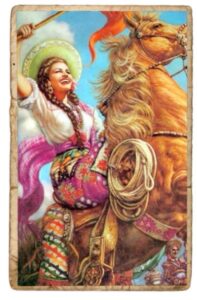
Legend has it that the song, La Adalita, is based on a real-life character, however, the true identity of the woman is still unknown. Some claim her real name was Altagracia Martinez, also known as Marieta Martinez, while others maintain she was, in fact, Adela Velarde, a woman who actually took part in military action in the capacity of a nurse.
Pulque, an ancient alcoholic beverage made from the fermented sap of the agave plant, has a long history in Mexico. It was a significant part of indigenous culture and was considered a sacred drink associated with various rituals and religious practices. However, with the arrival of beer in Mexico, pulque’s popularity declined, and it was often associated with negative stereotypes, leading to a decrease in its consumption.
Despite this, pulque has experienced a resurgence in recent years, particularly among young artists and punks who have embraced it as part of a cultural revival. Pulque’s revival has led to a renewed interest in this traditional beverage, and it is now being celebrated and enjoyed by a new generation, contributing to its continued presence in Mexican culture.
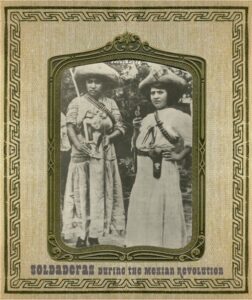
An Adelita was a soldadera, or woman soldier, who not only cooked and cared for the wounded but also actually fought in battles against Mexican government forces. In time the word Adelita was used for all the soldaderas, who became a vital force in the revolutionary war efforts. The term ˜La Adelita” now signifies a woman of strength and courage and is remembered in progenitive folk songs, poems, art and even comic books of popular culture. Double Ranch
The introduction of beer to Mexico, along with aggressive marketing campaigns and government efforts to promote beer consumption, led to a decline in pulque’s popularity. Beer was positioned as a more sophisticated and modern alternative to pulque, which was often stigmatized as a drink associated with rural and low-class communities.
However, pulque’s resurgence in recent years has challenged these perceptions and has led to a renewed appreciation for this traditional beverage.
Pulque’s enduring presence in Mexican culture reflects its historical significance and its ability to adapt and evolve over time. Its revival is a testament to the resilience of traditional cultural practices and the ongoing efforts to preserve and celebrate Mexico’s rich heritage.
There are several ways to learn about tequila in Guadalajara, Mexico:
- Tequila 101: Guadalajara’s official tourism website offers a comprehensive guide to tequila, including its history, production, and tasting. The guide also explains the five classes of tequila based on how long they are aged: blanco, reposado, anejo, extranejo, and joven or oro1.
- Cantinas: Guadalajara is filled with cantinas where you can taste a variety of tequilas. Some recommended places include La Fuente, El Gallo Altanero, El Parian, La Tequila, and La Occidental2.
- Distilleries: There are numerous distilleries in and around Guadalajara that offer tours and tastings. Some of the top distilleries include Destilería La Rojeña, Rancho Verano Distileria de Tequila, Casa Sauza, and Tequila Herradura36.
- Tequila Trail: The Tequila Trail, or ‘La Ruta del Tequila’, connects registered tequila distilleries in the towns of Tequila, Arenal, and Amatitan near Guadalajara. A day trip to these distilleries is a unique experience that takes you through the scenic landscape of blue agave fields to cobblestone villages where you can learn about the history of tequila4.
- Tequila Tours: There are several tequila tours available from Guadalajara that include transportation, expert knowledge, and artisanal tasting experiences. These tours often include visits to multiple distilleries, the town of Tequila, and photo stops to appreciate the agave landscape5.
- Tequila Distilleries Off the Beaten Path: For a more unique experience, you can visit some of the lesser-known distilleries in Jalisco, such as Tequila Los Abuelos, Tequilera Los Alambiques, La Alteña, Tequileña, and Destileria El Pandillo6.
- Travel Guides: There are several travel guides available online that provide detailed information about visiting Jalisco to travel the Tequila Trail, including where to stay, where to eat, and which distilleries to visit710.
Remember, the best way to learn about tequila is to experience it firsthand. Whether you’re tasting it in a cantina, touring a distillery, or exploring the Tequila Trail, you’re sure to gain a deeper appreciation for this iconic Mexican spirit.
Charrería
Charrería is the Mexican sport of charro riding, which is often referred to as Mexican rodeo. It originated in post-conquest Mexico as a way to preserve and celebrate traditional cowboy riding and roping skills. Charrería involves various events such as bull riding, horse reining, and roping competitions that showcase the skills and traditions of Mexican horsemanship. The sport is deeply rooted in Mexican culture and history, reflecting the heritage of horsemanship and ranching in Mexico5.
There are several Charrería venues and events near Guadalajara, Jalisco, Mexico, where tourists can experience this traditional Mexican sport:
- Lienzo Charro Charros De Jalisco: Located at Av. Dr. Roberto Michel 577, La Aurora, 44790 Guadalajara, Jalisco, Mexico1.
- Charrería Castillo: Found at MERCADO LIBERTAD, Av. Francisco Javier Mina local 1436, San Juan de Dios, 44360 Guadalajara, Jalisco, Mexico2.
- Campo Charro Jalisco: Situated at Av. Dr. Roberto Michel 577, Rincón de La Agua Azul, 44460 Guadalajara, Jalisco, Mexico6.
These venues host Charrería events and competitions that showcase the skills and traditions of Mexican horsemanship. Additionally, Puerto Vallarta is also known for its Charrería events and celebrations, making it another location where tourists can experience this traditional Mexican sport13.
In Charrería, there are various events that showcase the skills and traditions of Mexican horsemanship. Some of the different events in Charrería include:
- Cala de Caballo (Reining): A test of the horse where the charro demonstrates his ability and the horse’s training through various commands.
- Piales en Lienzo (Heeling): Roping of the feet where a horseman must throw a lariat to catch a wild mare by the hind legs as it runs through the loop.
- Colas en el Lienzo or Coleadero (Steer Tailing): Bull tailing event where a charro brings down a bull by its tail.
- Jineteo de Toro (Bull Riding): Bull riding event where a charro rides a bull.
- Terna en el Ruedo (Team Roping): Team roping event involving two horsemen who work together to rope a steer.
- Jineteo de Yegua (Bareback on a Wild Mare): Bareback riding on a wild mare.
- Manganas a Pie (Forefooting on Foot): Roping on foot where a charro on foot has three opportunities to rope a steer.
- Manganas a Caballo (Forefooting on Horseback): Forefooting on horseback event.
- El Paso de la Muerte (The Pass of Death): A dangerous event where a charro rides bareback, attempts to leap from his own horse to the bare back of a wild horse without reins and ride it until it stops bucking123.
Crime and Pop Culture
The Jalisco New Generation Cartel (CJNG) is a powerful criminal organization known for its involvement in multi-drug trafficking, particularly the production and distribution of methamphetamine. It has also been linked to money laundering and other illicit activities. The cartel has a significant presence in Jalisco, Mexico, and is considered one of the most dangerous transnational criminal groups in the world. Its leader, Nemesio Oseguera Cervantes, also known as “El Mencho,” is one of the most wanted fugitives by the U.S. Department of Justice, with a $10 million reward for information leading to his capture9.
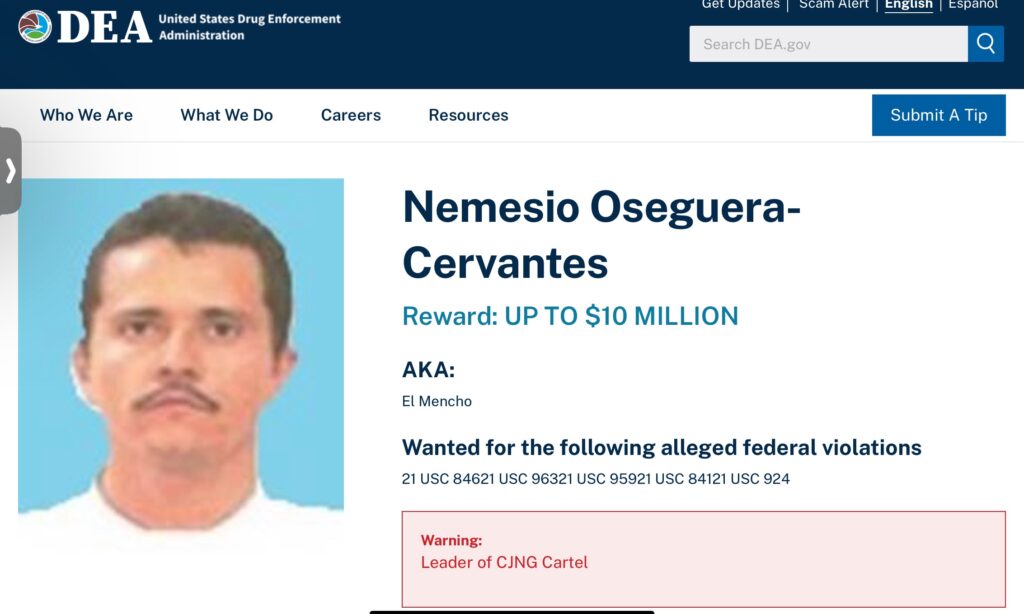
El Mencho is considered one of the most elusive and wanted drug lords in Mexico and the United States. He is known for his involvement in drug trafficking activities, particularly in the states of Jalisco and Michoacán. His cartel, the CJNG, has been linked to a wide range of criminal activities, including drug trafficking, money laundering, and acts of violence. El Mencho is also suspected of ordering several high-profile assassinations and has been a key figure in the ongoing drug war in Mexico23.
In Mexico, the homicide rate in 2020 was 27.8 per 100,000 population, while in the USA, the rate was 5.0 per 100,0002. Additionally, in Mexico, around 80% of murders are reported as executions, which are predetermined murders as a result of internal and external conflicts between different cartels1. These executions are usually made by hitmen, better known as sicarios.
Despite rumors about his death, U.S. authorities have confirmed that El Mencho is still alive and at large. He is believed to be hiding in remote areas of western Mexico, particularly in the states of Jalisco and Michoacán, where the CJNG has a significant presence. His ability to evade capture and maintain control over his criminal organization has made him a top priority for law enforcement agencies in both Mexico and the United States34.
The U.S. Department of State has issued a “do not travel” advisory for Jalisco due to crime. The CJNG’s presence in the state has been associated with high levels of violence, including conflicts with Mexican security forces and other cartels. As a result, it is not considered safe for U.S. visitors to spend time in Jalisco.
While there is no direct evidence linking CJNG to ownership of resorts or marinas in Jalisco, the cartel’s extensive money-laundering tactics and control over important ports in Mexico have raised concerns about its influence in various sectors. The CJNG’s involvement in legitimate businesses and money laundering through professional brokers and front companies has made it challenging to track its financial activities and identify its assets910.
In summary, the CJNG is primarily known for its involvement in drug trafficking, particularly the production and distribution of methamphetamine. Its presence in Jalisco has been associated with high levels of violence, and U.S. visitors are advised against traveling to the state due to crime. While there is no direct evidence of CJNG’s ownership of resorts or marinas in Jalisco, the cartel’s extensive money-laundering tactics have raised concerns about its influence in various sectors.
The U.S. Department of State issues travel advisories to provide U.S. citizens with clear, timely, and reliable information about security threats abroad. The advisory system consists of four levels, each indicating the risk level to U.S. travelers:
- Level 1 – Exercise Normal Precautions: This is the lowest advisory level for safety and security risk. It advises travelers to exercise standard precautions against usual risks and concerns encountered during international travel.
- Level 2 – Exercise Increased Caution: Travelers are advised to be aware of heightened risks to safety and security. While these countries are generally safe, there is a higher chance of disorder or attacks in some areas.
- Level 3 – Reconsider Travel: This level advises against travel due to serious risks to safety and security. Travelers may encounter dense areas of terrorism threats or be affected by natural disasters, in which case, basic necessities can be undersupplied.
- Level 4 – Do Not Travel: This is the highest security level due to life-threatening risks, such as nuclear terrorism threats, ongoing rebellions, war, and bombings. Citizens are encouraged not to visit the countries
The U.S. Department of State has issued a Level 3 travel advisory for all of Mexico, urging visitors to exercise increased caution due to crime and kidnapping. However the advisory does not specifically warn against traveling to Guadalajara.
Some sources emphasize that Guadalajara is generally safe for American tourists and expats alike, as long as necessary precautions are taken. The Mexican government has taken significant steps to improve security measures throughout the country, including Guadalajara. Incidents of crime against tourists have decreased in recent years.
It is important to note that CJNG has key distribution centers in Los Angeles, New York, Chicago, Houston, and Atlanta, as well as a rising presence along the Southwest border and operations in many smaller cities and towns around the USA. This is why it has become a significant priority for US Law Enforcement. It is essential to exercise caution and take necessary precautions in all the CJNG USA cities as well as Guadalajara to avoid becoming a victim of theft or other crimes1.
Texas-based cartels play a significant role in gun trafficking and drug distribution, contributing to violence and instability in Mexico. These cartels have ties to Mexico-based drug trafficking organizations and are involved in smuggling weapons across the border1. The estimated 250,000 guns smuggled into Mexico annually, many originating from the U.S., fuel cartel violence and criminal activities2. Cartels pay Americans to purchase weapons from gun stores across the U.S., including Texas, and then smuggle these firearms into Mexico through a network of brokers and couriers3.
In addition to gun trafficking and drug distribution, these cartels are also involved in other criminal activities such as housing scams and money laundering. The complex nature of these organizations includes highly defined command-and-control structures that produce, transport, and distribute large quantities of illicit drugs4. drug trafficking in the North Texas region involves sophisticated operations controlling the flow of drugs and money laundering activities4. These criminal groups engage in various illegal activities, including distributing drugs, money laundering, and maintaining control over drug trafficking routes4.
Gunrunners use various methods to hide firearms, such as concealing them inside vehicles, oil pans, manifolds, tankers, or other compartments to avoid detection1. The porous nature of the border and the volume of traffic under agreements like the North American Free Trade Agreement make it challenging to intercept these illegal shipments1. The Mexican government has taken legal action against U.S. gun dealers and manufacturers to address the flow of weapons into Mexico4.
The most recent kidnapping of a U.S. citizen in Mexico occurred in Jalisco, Mexico, on November 29, 2022. Monica De Leon Barba, a U.S. citizen from San Mateo County, California, was abducted while walking home from work with her dog in Tepatitlán, Jalisco. She had been living and working in Mexico for approximately one year before she was kidnapped. She was held captive for eight months before being released on July 15, 2023135. The distance between Tepatitlán, Jalisco, and Guadalajara, Jalisco, is approximately 68 kilometers (42 miles) Of course there are safer cities in Mexico than Guadalajara3. Consider the following:
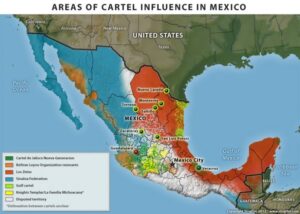
The Mexican states and the cartels operating within them are as follows:
- Aguascalientes: The state is not a stronghold for any specific cartel.
- Baja California: It is a contested territory between the Sinaloa Cartel and the Jalisco New Generation Cartel (CJNG).
- Baja California Sur: The state is not a stronghold for any specific cartel.
- Campeche: The state is not a stronghold for any specific cartel.
- Chiapas: It is a contested territory between the Zetas and CJNG.
- Chihuahua: It is a contested territory between the Sinaloa Cartel, Juárez Cartel, and Gente Nueva.
- Coahuila: It is a contested territory between the Sinaloa Cartel, Zetas, and CJNG.
- Colima: It is a contested territory between the Sinaloa Cartel and CJNG.
- Durango: It is a contested territory between the Sinaloa Cartel and CJNG.
- Guanajuato: It is a contested territory between the Sinaloa Cartel and CJNG.
- Guerrero: It is a contested territory between the Independent Cartel of Acapulco, Beltrán Leyva Organization, and CJNG.
- Hidalgo: The state is not a stronghold for any specific cartel.
- Jalisco: It is the base of operations for CJNG.
- Mexico City (Ciudad de México): It is a contested territory between various cartels due to its strategic importance as a drug distribution hub.
- Mexico State (Estado de México): It is a contested territory between various cartels due to its strategic importance as a drug distribution hub.
- Michoacán: It is a contested territory between the Knights Templar Cartel, La Nueva Familia Michoacana, and CJNG.
- Morelos: It is a contested territory between various cartels due to its strategic importance as a drug distribution hub.
- Nayarit: It is a contested territory between the Sinaloa Cartel and CJNG.
- Nuevo León: It is a contested territory between the Gulf Cartel and Los Zetas.
- Oaxaca: It is a contested territory between various cartels due to its strategic importance as a drug distribution hub.
- Puebla: It is a contested territory between various cartels due to its strategic importance as a drug distribution hub.
- Querétaro: The state is not a stronghold for any specific cartel.
- Quintana Roo: It is a contested territory between Los Zetas and CJNG.
- San Luis Potosí: It is a contested territory between Los Zetas and CJNG.
- Sinaloa: It was historically the base of operations for the Sinaloa Cartel, but it has become a contested territory after El Chapo’s arrest.
- Sonora: It is a contested territory between the Sinaloa Cartel and CJNG.
- Tabasco: The state is not a stronghold for any specific cartel.
- Tamaulipas: It is a contested territory between the Gulf Cartel, Los Zetas, and CJNG.
- Tlaxcala: The state is not a stronghold for any specific cartel.
- Veracruz: It is a contested territory between Los Zetas, Jalisco New Generation Cartel (CJNG), and Gulf Cartel.
- Yucatán: The state is not a stronghold for any specific cartel.
- Zacatecas: It was historically the base of operations for the Zetas, but it has become a contested territory after their decline
The information provided above gives an overview of the major cartels operating in different states in Mexico based on available data from various sources, including the U.S. Drug Enforcement Administration (DEA) and other research organizations. Historical information follows.
Joaquín “El Chapo” Guzmán is a former drug lord and a former leader within the Sinaloa Cartel, an international crime syndicate. He was born on April 4, 1957, in La Tuna, Badiraguato, Sinaloa, Mexico. El Chapo played a significant role in the drug trade in Mexico, leading the Sinaloa Cartel and becoming one of the most powerful drug traffickers in the world. He was involved in various criminal activities, including drug trafficking and corruption.
El Chapo was sentenced to life imprisonment without the possibility of parole plus 30 years and was ordered to forfeit assets worth more than $12.6 billion13. He is currently incarcerated at ADX Florence near Florence, Colorado, United States1. Despite being in prison, his name continues to be mentioned in pop culture conversations and policy debates about security issues in Mexico2.
El Chapo’s reign over the Sinaloa Cartel came to an end after his capture in 2016. He has a history of prison escapes and was known for maintaining his drug empire even while incarcerated. His life and career are a story of power, material interests, and political and economic control2.
The Sinaloa Cartel, led by Joaquín “El Chapo” Guzmán, was known for its federation-like structure, comprising various sub-groups and allies. Some of the key sub-groups and allies within the Sinaloa Cartel included Los Ántrax (enforcer unit), Grupo Flechas, Los Cabrera (armed wing), Los Rusos (Zambada faction), Los Chapitos (Guzmán faction), Los Mexicles, Los Salazares (trafficking cell in Sonora), Sonora Cartel, Colima Cartel, and Gente Nueva (armed wing). The cartel’s leadership and decision-making were decentralized, with different factions and leaders exerting influence over specific territories and operations. After the arrest of El Chapo, internal power struggles and conflicts between different factions, such as El Mayo’s faction and El Chapo’s sons (Los Chapitos), have been reported, indicating the complex and dynamic nature of the cartel’s leadership and internal dynamics34.
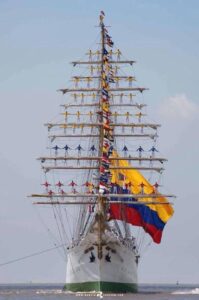
Armada Nacional de la República de Colombia ARC Gloria
The ship’s name is a reference to the national anthem, Oh gloria inmarcesible (O Unfading Glory).
The ship was commissioned on 7 September 1968
The “El Chapo” miniseries is a biographical crime drama that provides a portrayal of the life of the notorious drug lord, Joaquín “El Chapo” Guzmán. The series depicts his early days in the 1980s working for the Guadalajara Cartel, his rise to power as the head of the Sinaloa Cartel during the ’90s, and his ultimate downfall in 2016. The show was created by Silvana Aguirre and Carlos Contreras and features Marco de la O in the lead role as El Chapo. The series was filmed in Colombia, and it was produced by Daniel Posada. The show received positive reviews for its authenticity, character design, makeup, wardrobe, and period-appropriate set design, providing an in-depth and historically accurate portrayal of the notorious criminal and the world he inhabited45.
In the miniseries it is suggested that Joaquín “El Chapo” Guzmán owned hotels in Guadalajara, Jalisco, Mexico. Hotels and Timeshares are used for money laundering in Guadalajara.
El Chapo appeared on the Forbes list of billionaires in 2009, with an estimated net worth of $1 billion. However, due to the illicit nature of his wealth, the complexity of valuing his assets, and his status as a fugitive, his exact net worth has been difficult to ascertain. He was dropped from the Forbes World’s Billionaires list in 2013. El Chapo’s notoriety and criminal activities have been the subject of various media portrayals, including the miniseries that was filmed in Colombia for security reasons.
During Joaquin “El Chapo” Guzman’s trial in 2019, his lawyers accused Zambada of bribing the “entire” Mexican government in exchange for living openly without fear of prosecution.
“In truth he controlled nothing,” Guzman’s lawyer, Jeffrey Lichtman, told jurors of his client. “Mayo Zambada did.”
…
While Joaquin ‘El Chapo’ Guzman was the public face of the organisation and the most notorious of the two men, many believed it was in fact El Mayo who was its real leader.
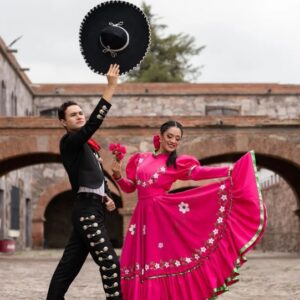





The Most Dangerous Spring Break Destinations To Avoid, According To Research
https://www.explore.com/1536757/dangerous-destinations-spring-break-vacation/
Only two Mexico place’s mention. Most are in USA.
Country Summary: Violent crime – such as homicide, kidnapping, carjacking, and robbery – is widespread and common in Mexico. The U.S. government has limited ability to provide emergency services to U.S. citizens in many areas of Mexico, as travel by U.S. government employees to certain areas is prohibited or restricted. In many states, local emergency services are limited outside the state capital or major cities.
U.S. citizens are advised to adhere to restrictions on U.S. government employee travel. State-specific restrictions are included in the individual state advisories below. U.S. government employees may not travel between cities after dark, may not hail taxis on the street, and must rely on dispatched vehicles, including app-based services like Uber, and regulated taxi stands. U.S. government employees should avoid traveling alone, especially in remote areas. U.S. government employees may not drive from the U.S.-Mexico border to or from the interior parts of Mexico, except daytime travel within Baja California and between Nogales and Hermosillo on Mexican Federal Highway 15D, and between Nuevo Laredo and Monterrey on Highway 85D.
Read the country information page for additional information on travel to Mexico.
Do Not Travel To:
Colima state due to crime and kidnapping.
Guerrero state due to crime.
Michoacan state due to crime and kidnapping.
Sinaloa state due to crime and kidnapping
Tamaulipas state due to crime and kidnapping.
Zacatecas state due to crime and kidnapping.
Reconsider Travel To:
Baja California state due to crime and kidnapping.
Chihuahua state due to crime and kidnapping.
Durango state due to crime.
Guanajuato state due to crime and kidnapping.
Jalisco state due to crime and kidnapping.
Morelos state due to crime.
Sonora state due to crime and kidnapping.
Exercise Increased Caution When Traveling To:
Aguascalientes state due to crime.
Baja California Sur state due to crime.
Chiapas state due to crime.
Coahuila state due to crime.
Hidalgo state due to crime.
Mexico City due to crime.
Mexico State due to crime.
Nayarit state due to crime.
Nuevo Leon state due to crime and kidnapping.
Oaxaca state due to crime.
Puebla state due to crime and kidnapping.
Queretaro state due to crime.
Quintana Roo state due to crime.
San Luis Potosi state due to crime and kidnapping.
Tabasco state due to crime.
Tlaxcala state due to crime.
Veracruz state due to crime.
Exercise Normal Precautions When Traveling To:
Campeche state
Yucatan state
Visit our website for Travel to High-Risk Areas.
If you decide to travel to Mexico:
Keep traveling companions and family back home informed of your travel plans. If separating from your travel group, send a friend your GPS location. If taking a taxi alone, take a photo of the taxi number and/or license plate and text it to a friend.
Use toll roads when possible and avoid driving alone or at night. In many states, police presence and emergency services are extremely limited outside the state capital or major cities.
Exercise increased caution when visiting local bars, nightclubs, and casinos.
Do not display signs of wealth, such as wearing expensive watches or jewelry.
Be extra vigilant when visiting banks or ATMs.
Enroll in the Smart Traveler Enrollment Program (STEP) to receive Alerts and make it easier to locate you in an emergency.
Follow the Department of State on Facebook and Twitter.
Follow the U.S. Embassy on Facebook and Twitter.
Review the Country Security Report for Mexico.
Mariners planning travel to Mexico should check for U.S. maritime advisories and alerts, which include instructions on reporting suspicious activities and attacks to Mexican naval authorities.
Prepare a contingency plan for emergency situations. Review the Traveler’s Checklist.
Visit the CDC page for the latest travel health information related to your travel.
Mexico President Lambastes YouTube After Company Edits Video Revealing NYT Journalist’s Number By Reuters Feb. 26, 2024, at 12:22 a.m.
https://www.usnews.com/news/world/articles/2024-02-26/mexico-president-lambastes-youtube-after-company-edits-video-revealing-nyt-journalists-number
That story came on the heels of other recent reporting from other media outlets about a different U.S. investigation into possible collusion between a drug cartel and Lopez Obrador associates to accept money for his 2006 presidential campaign in exchange for leniency.
Lopez Obrador has denied those accusations, calling them slander, and responded by saying the journalist who broke the story was a “mercenary in the service” of the U.S. Drug Enforcement Administration, which carried out the investigation.
Concerns about media safety have remained consistent throughout Lopez Obrador’s presidency. In January, the theft of the personal data of hundreds of journalists in Mexico, including addresses and copies of voter ID cards and passports, raised fresh worries.
International free-speech organization Article 19 has documented 163 journalist murders in Mexico since 2000.
The violent Jalisco cartel operates call centers in the western state of the same name; the centers target Americans in timeshare frauds. The cartel is suspected of killing people who try to quit working at these call centers.
Officials have confirmed that the cartel operates call centers that scam money from Americans and Canadians through fake offers to buy their timeshares.
The Jalisco cartel, known by its initials as the CJNG, is famous for its ruthless treatment of supposed traitors, informants or turncoats. For those who have worked for the cartel, knowingly or unknowingly, it appears to be an unwritten rule that the only way out of the gang is death or prison.
Brian E. Nelson, the U.S. under secretary of the treasury for terrorism and financial intelligence, said in a statement in April that the “CJNG’s deep involvement in timeshare fraud in the Puerto Vallarta area and elsewhere, which often targets elderly U.S. citizens and can defraud victims of their life savings, is an important revenue stream supporting the group’s overall criminal enterprise.”
https://apnews.com/article/mexico-drug-cartel-jalisco-call-center-scam-killings-bf8d419c5cb9de8eaa170226906e324c